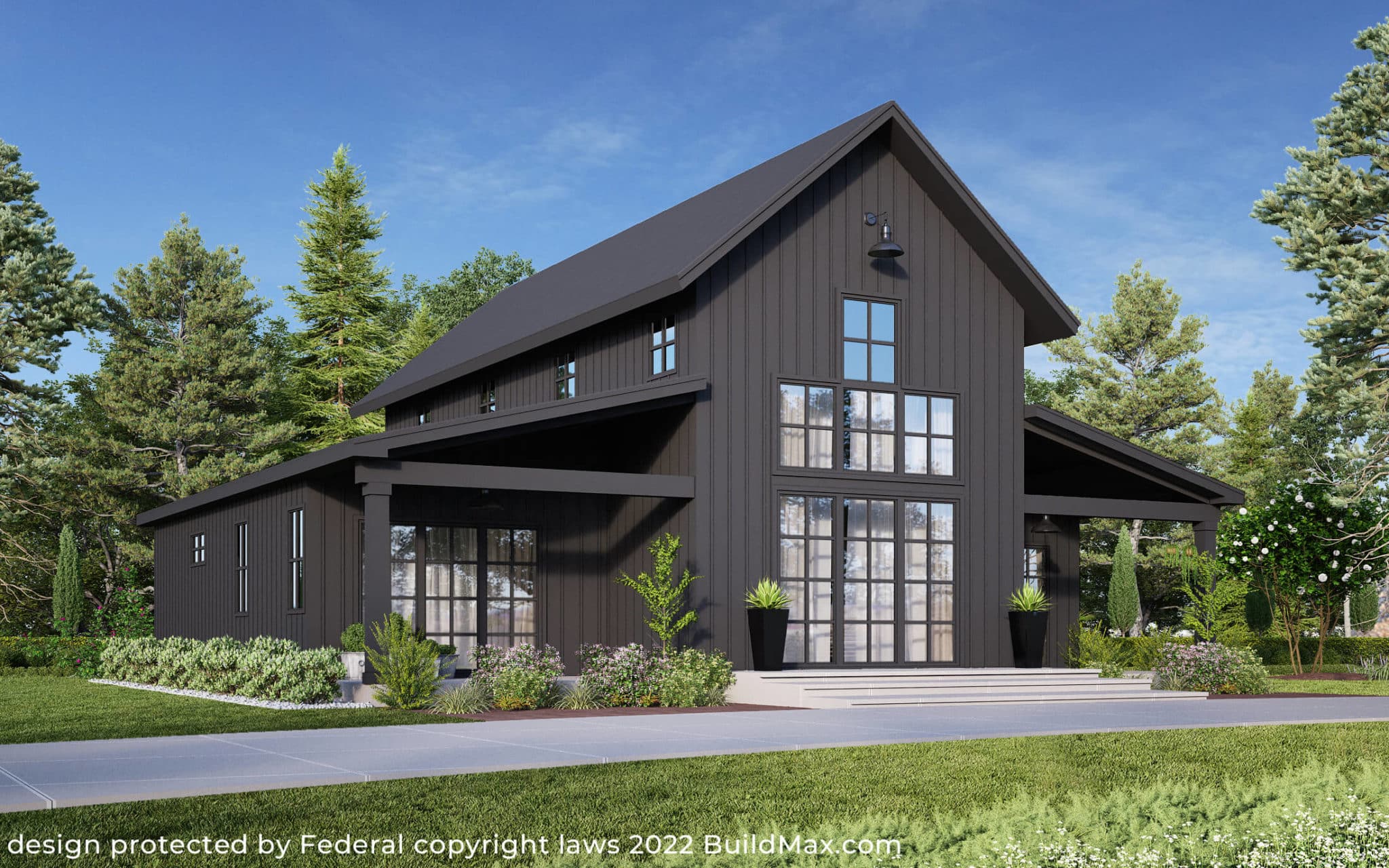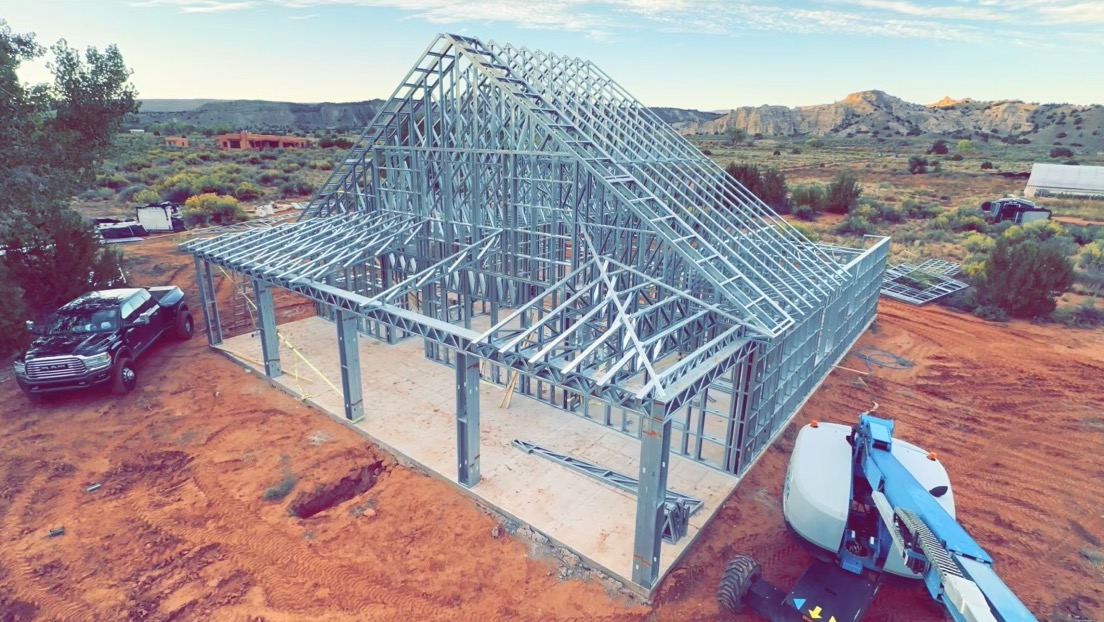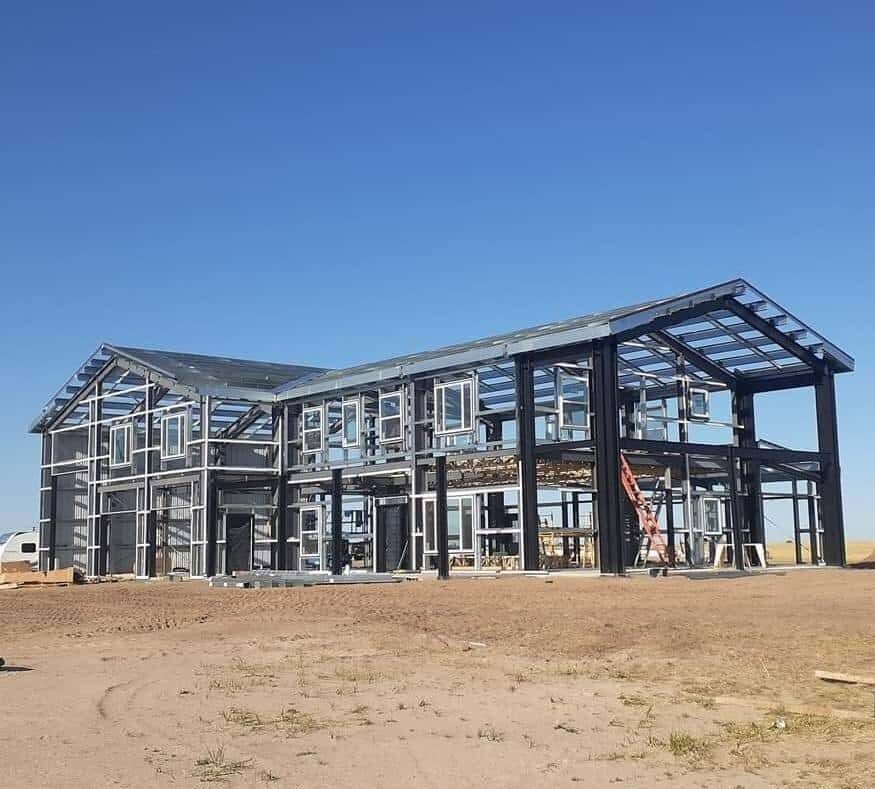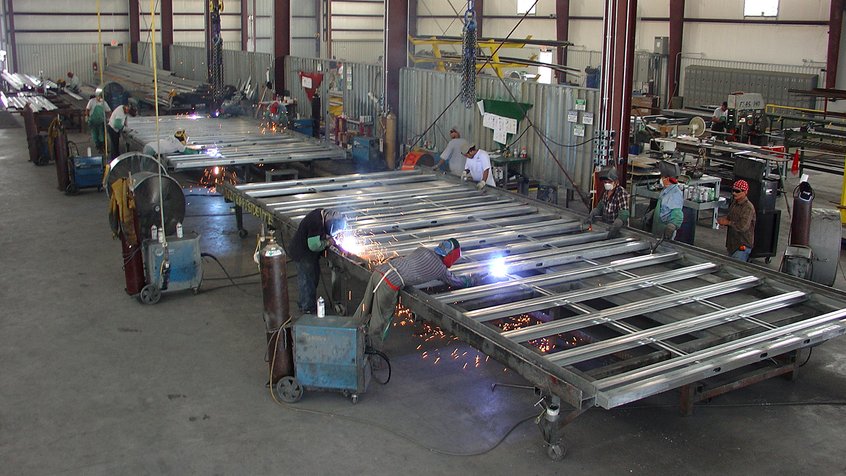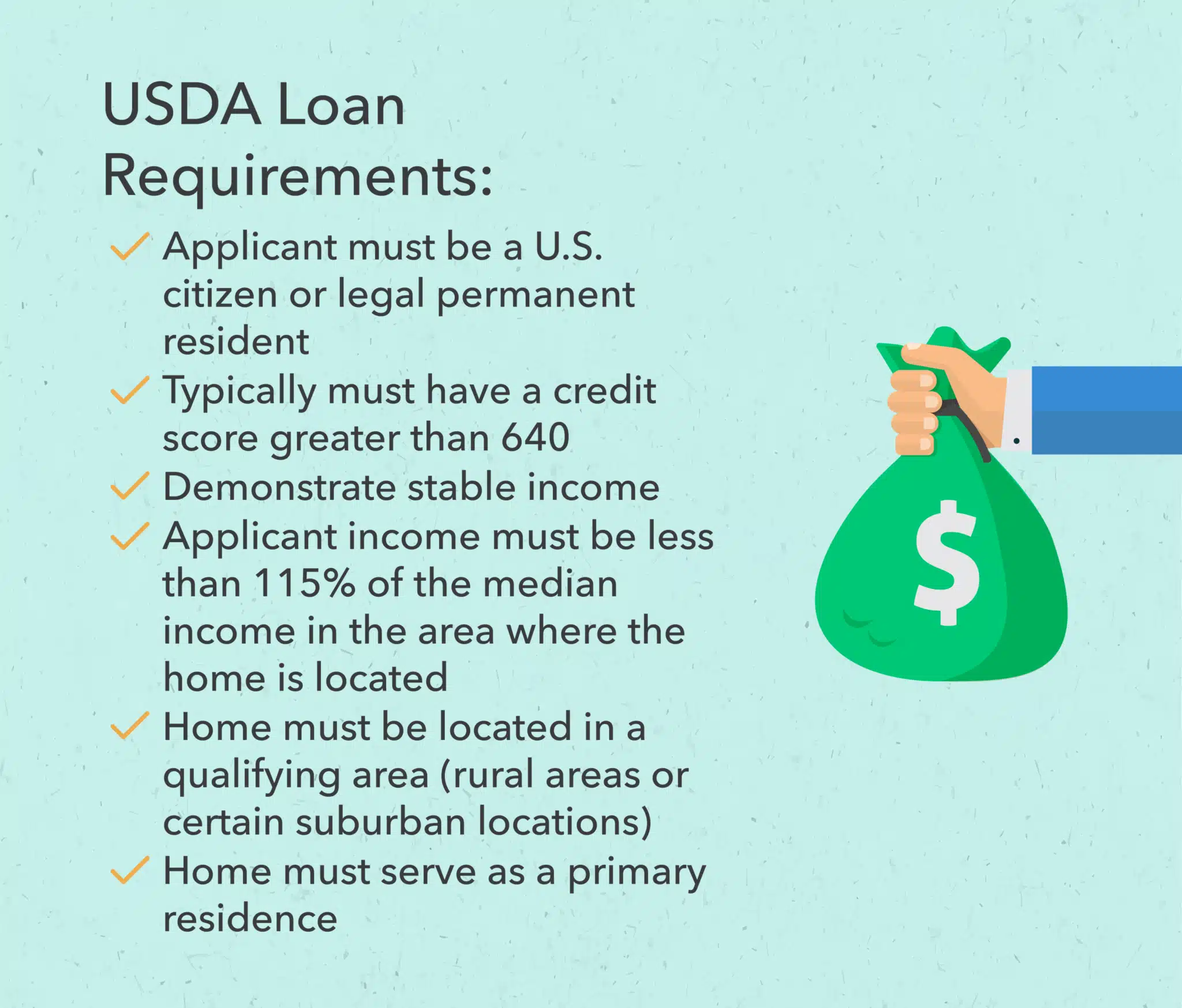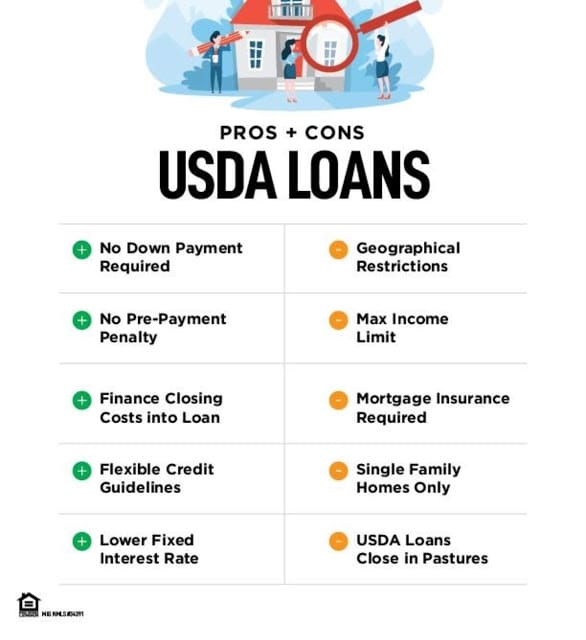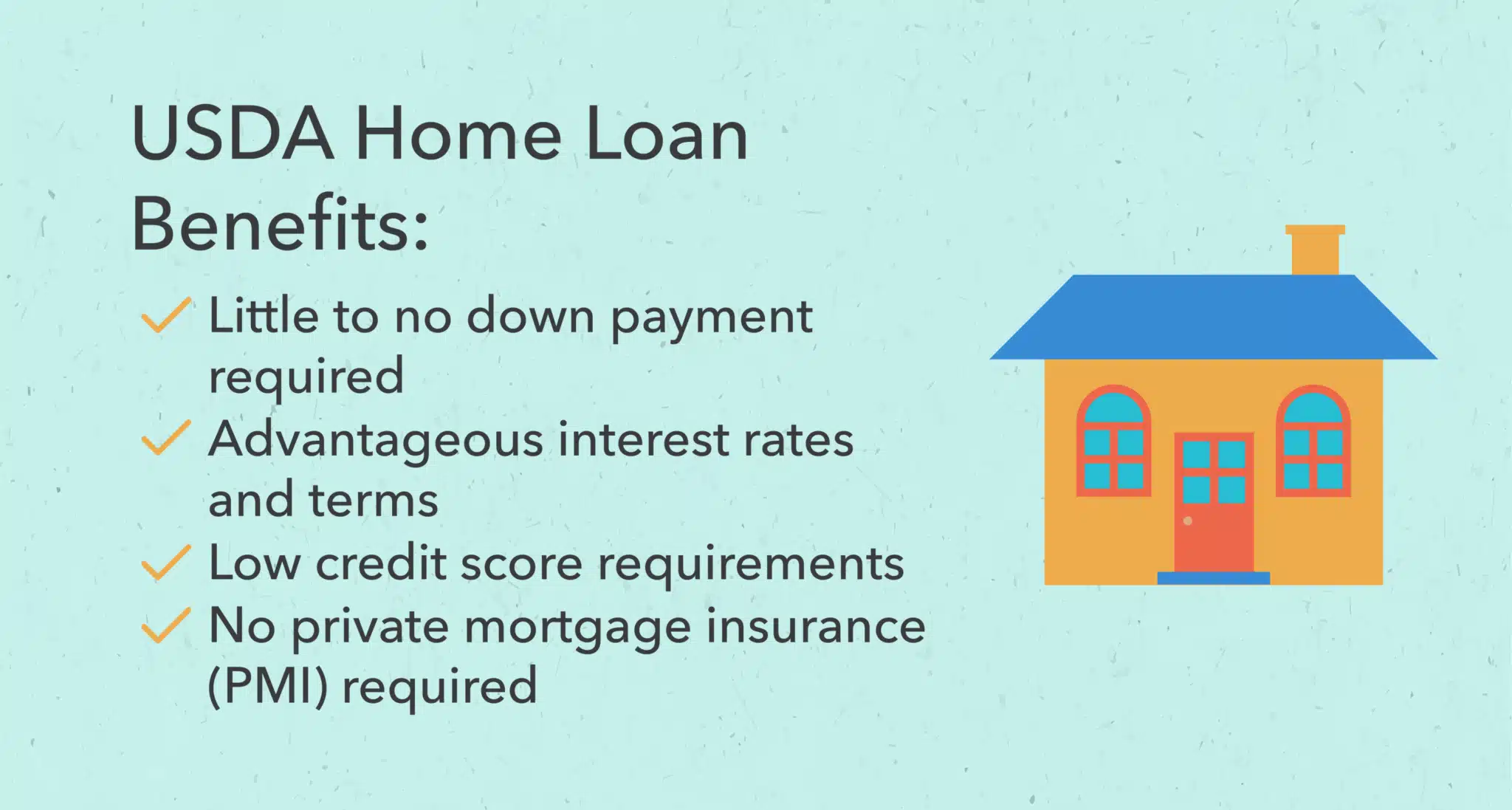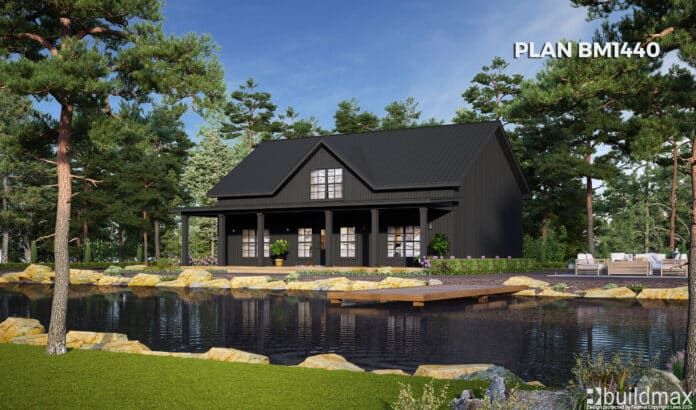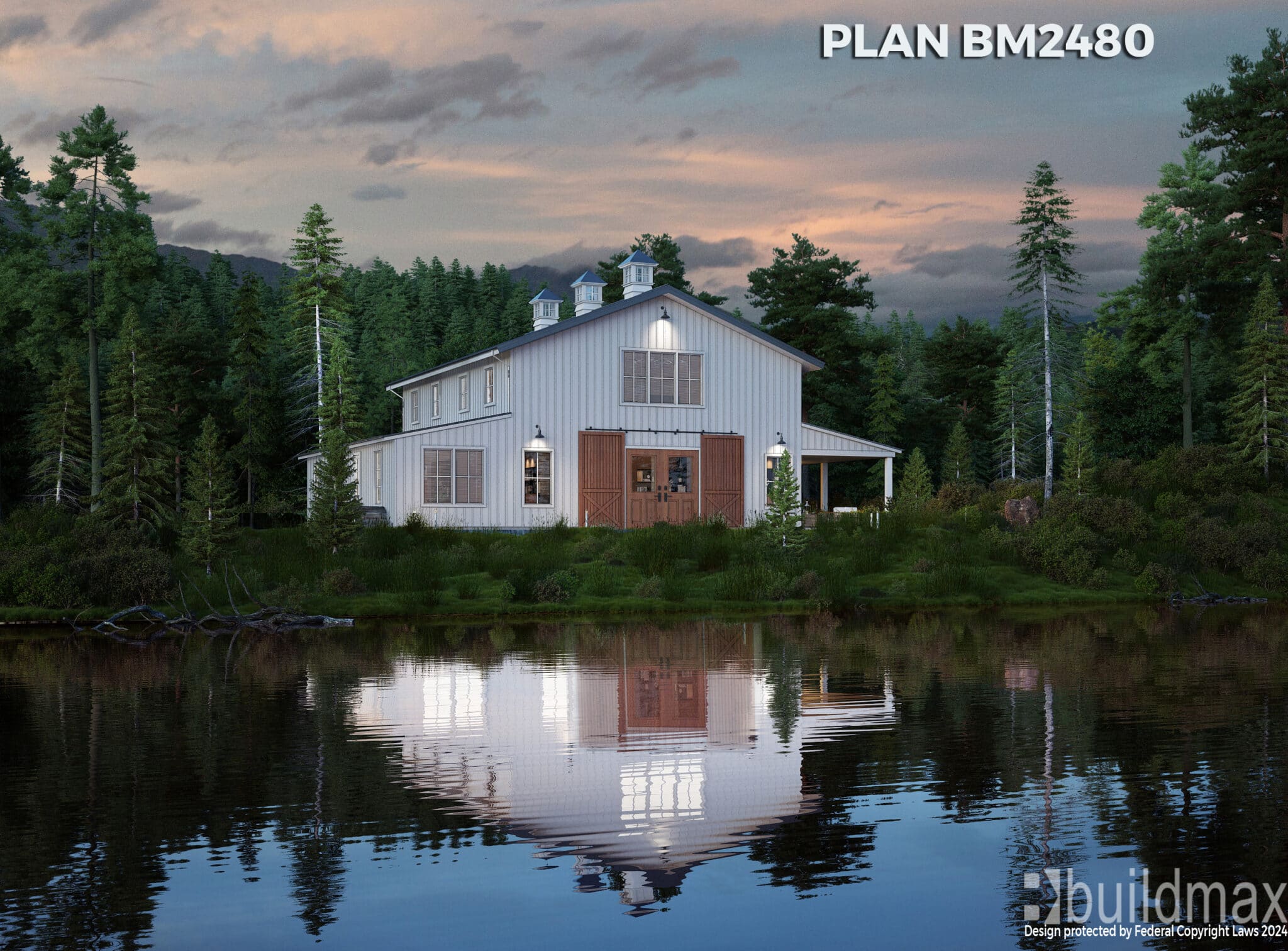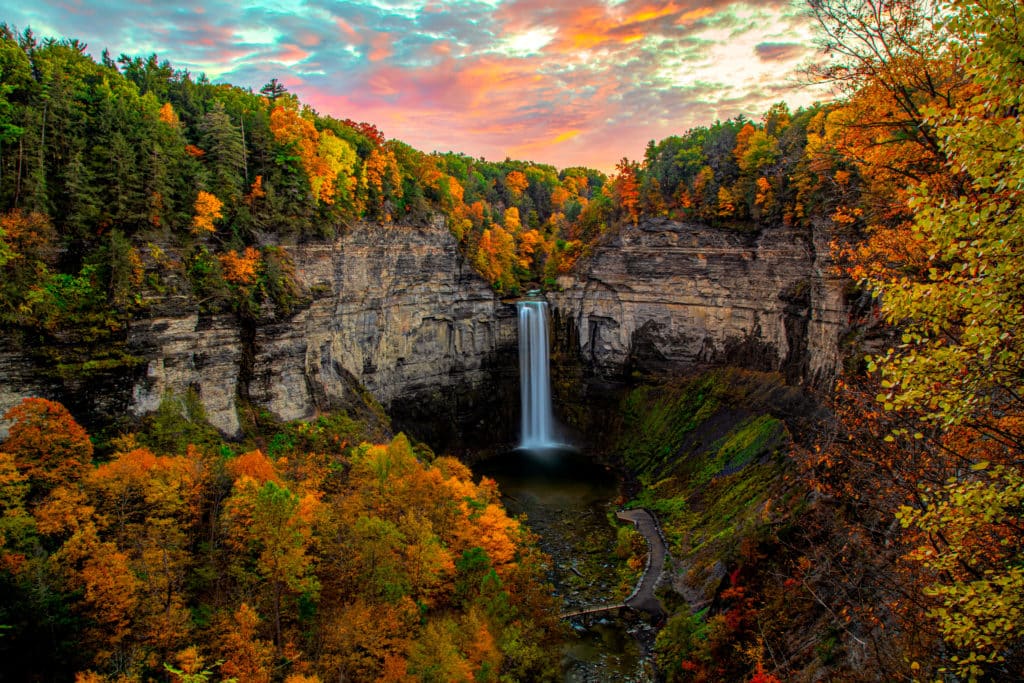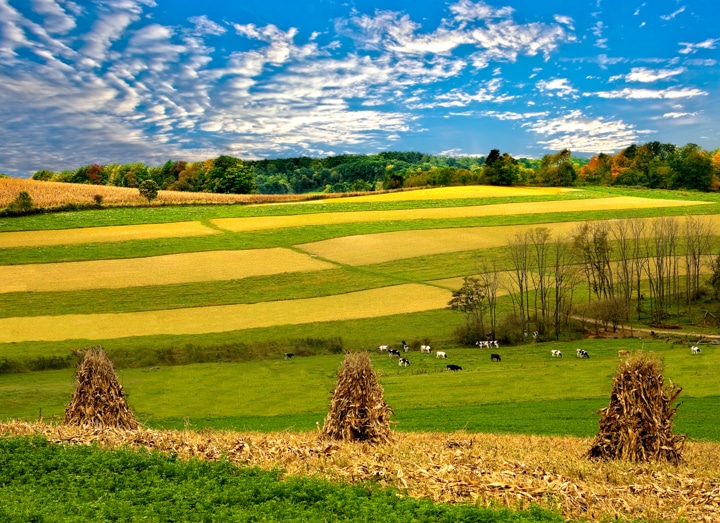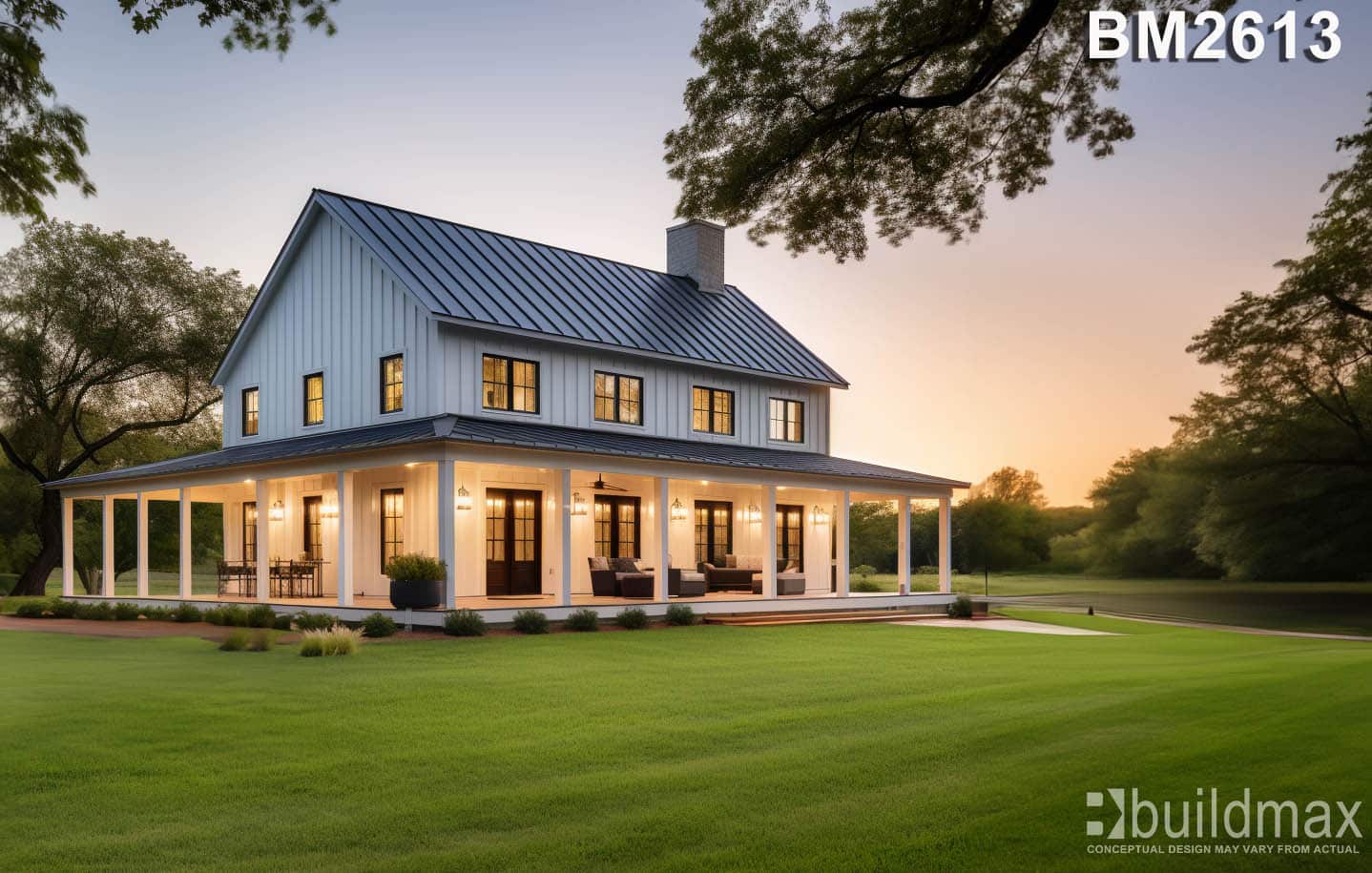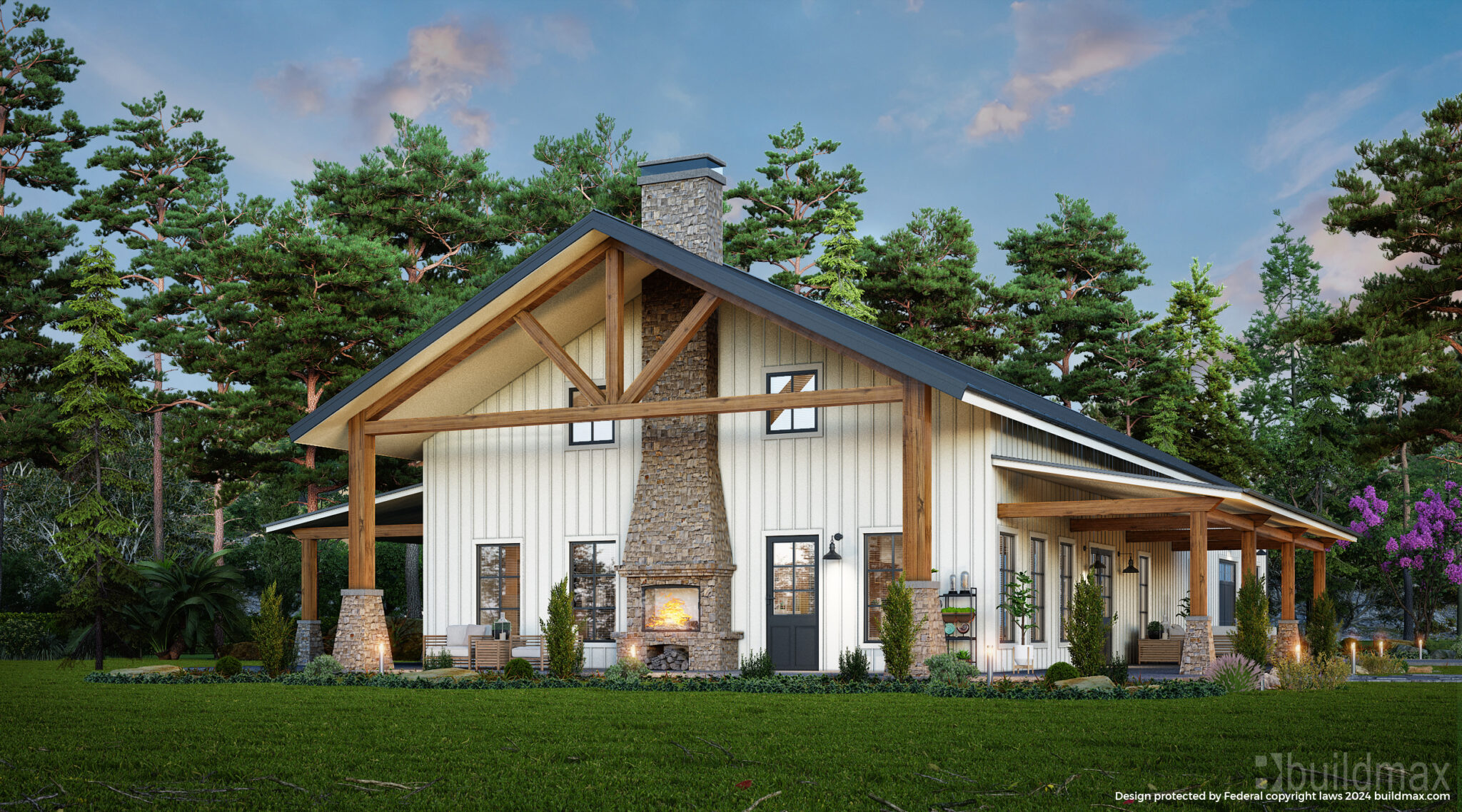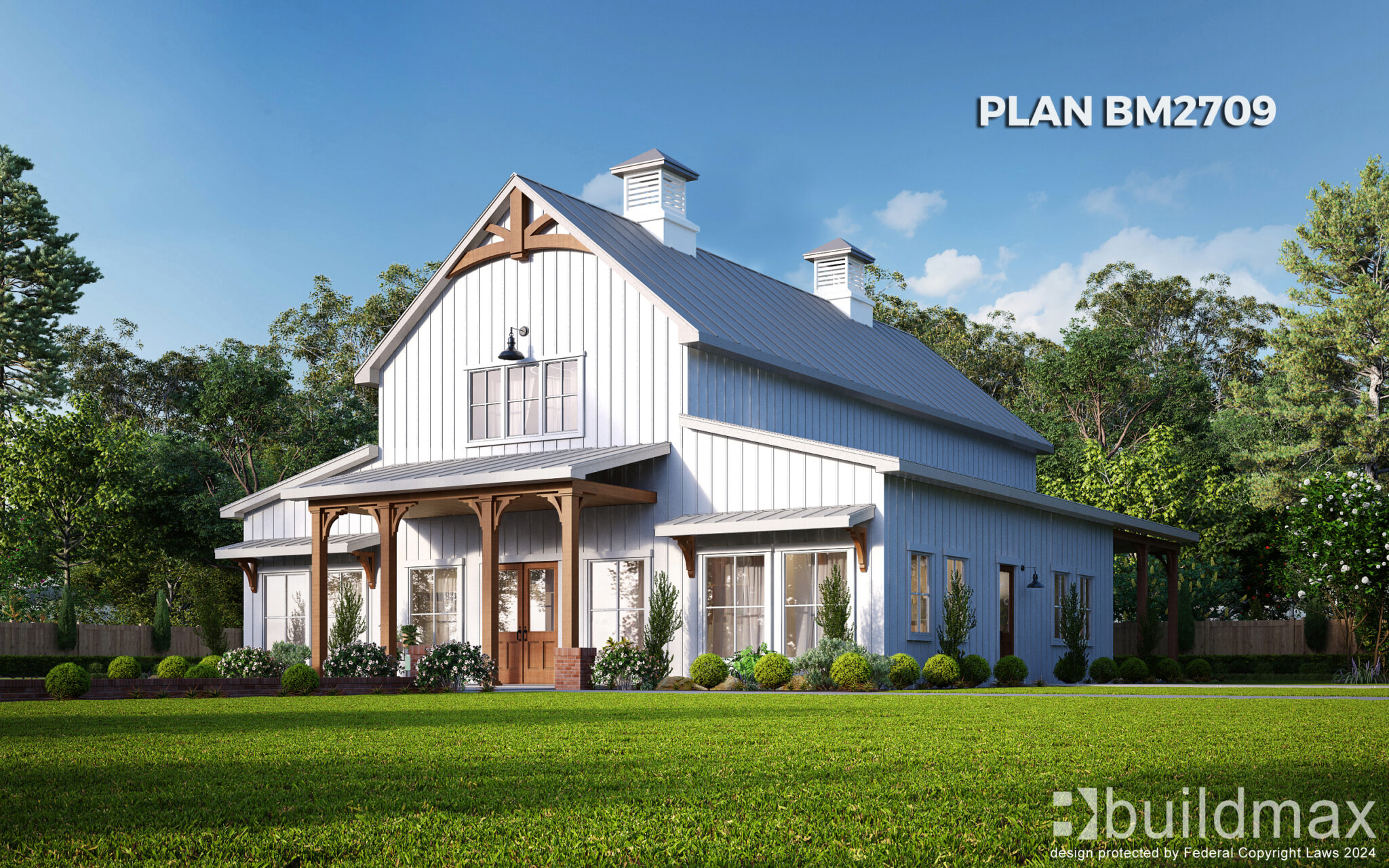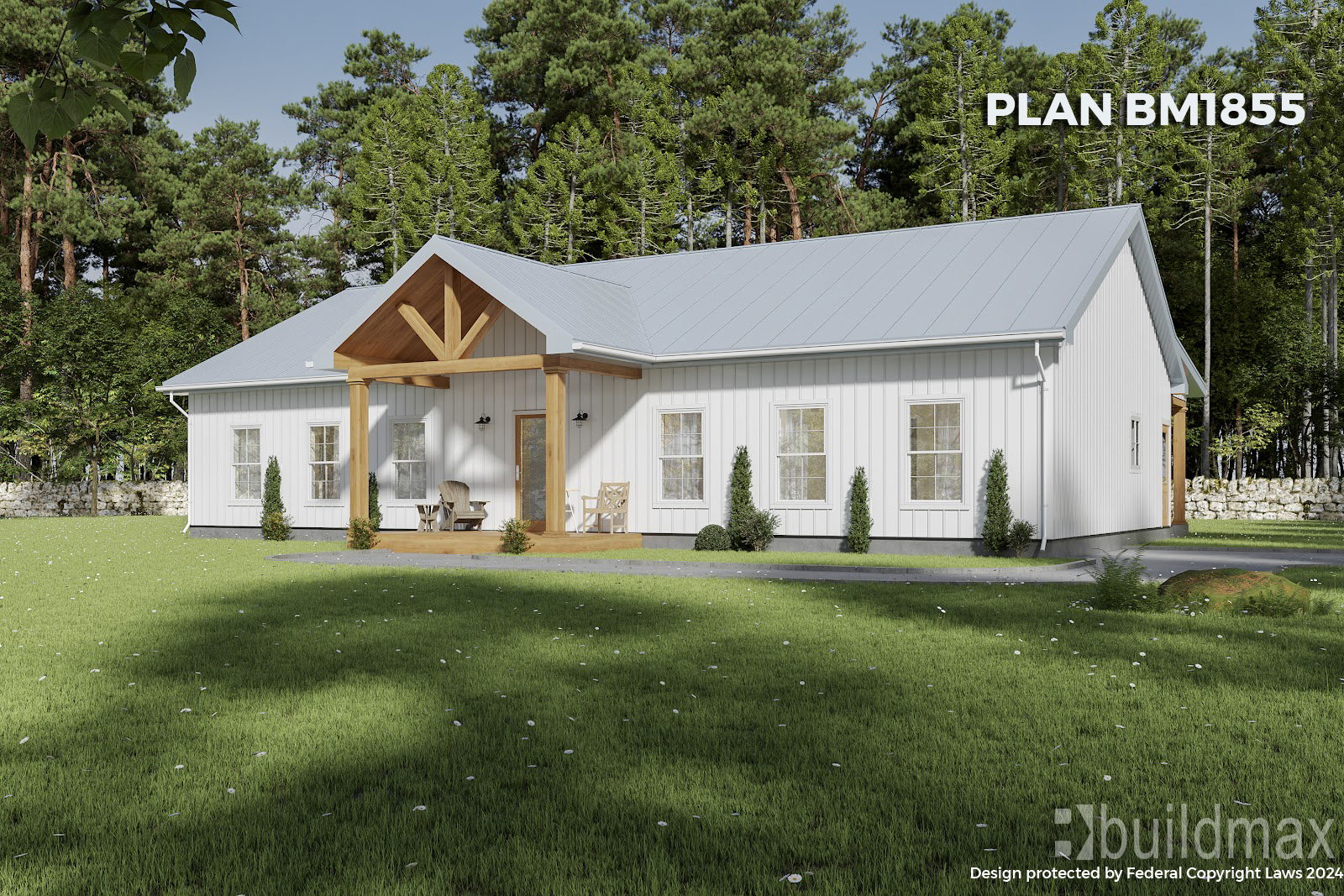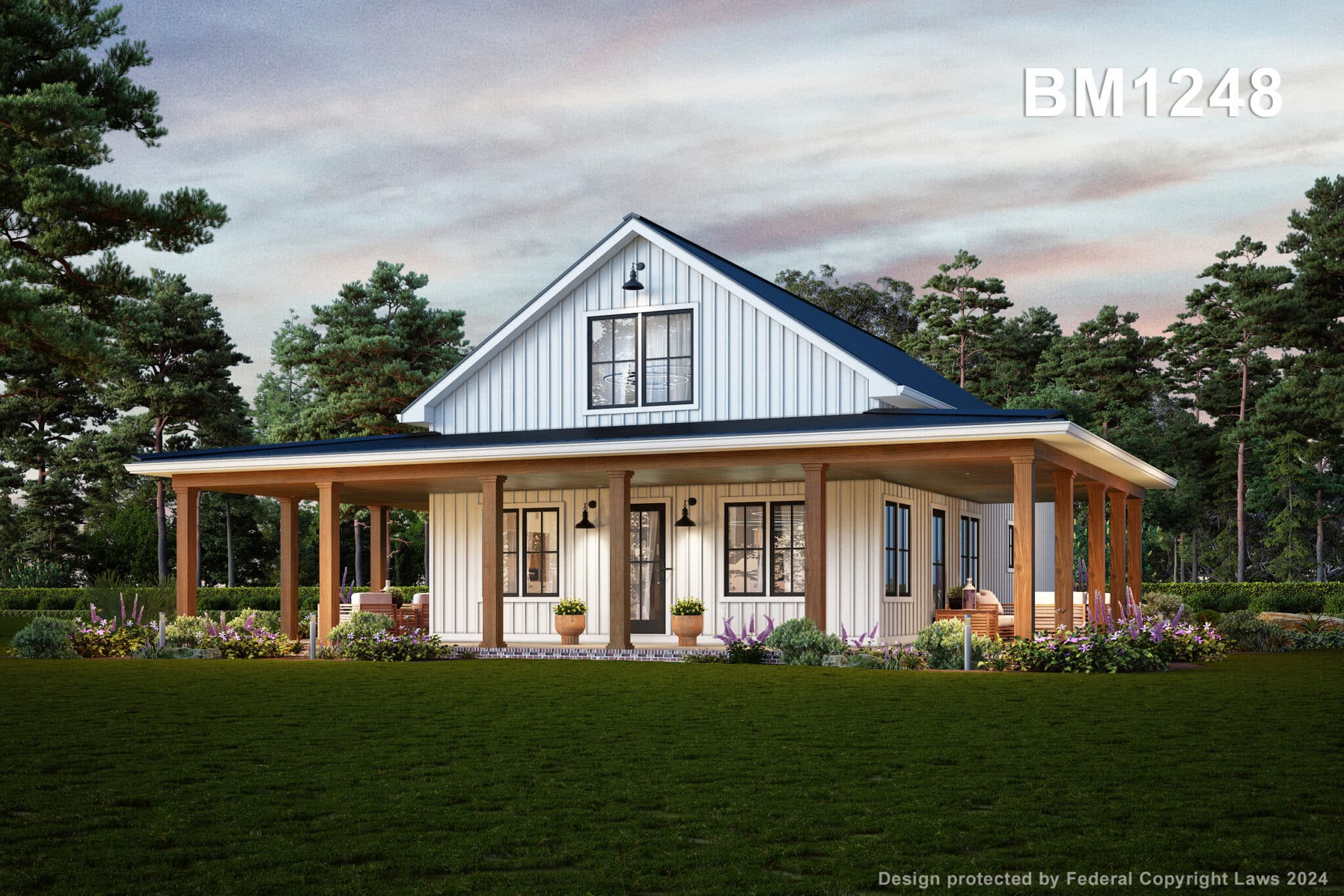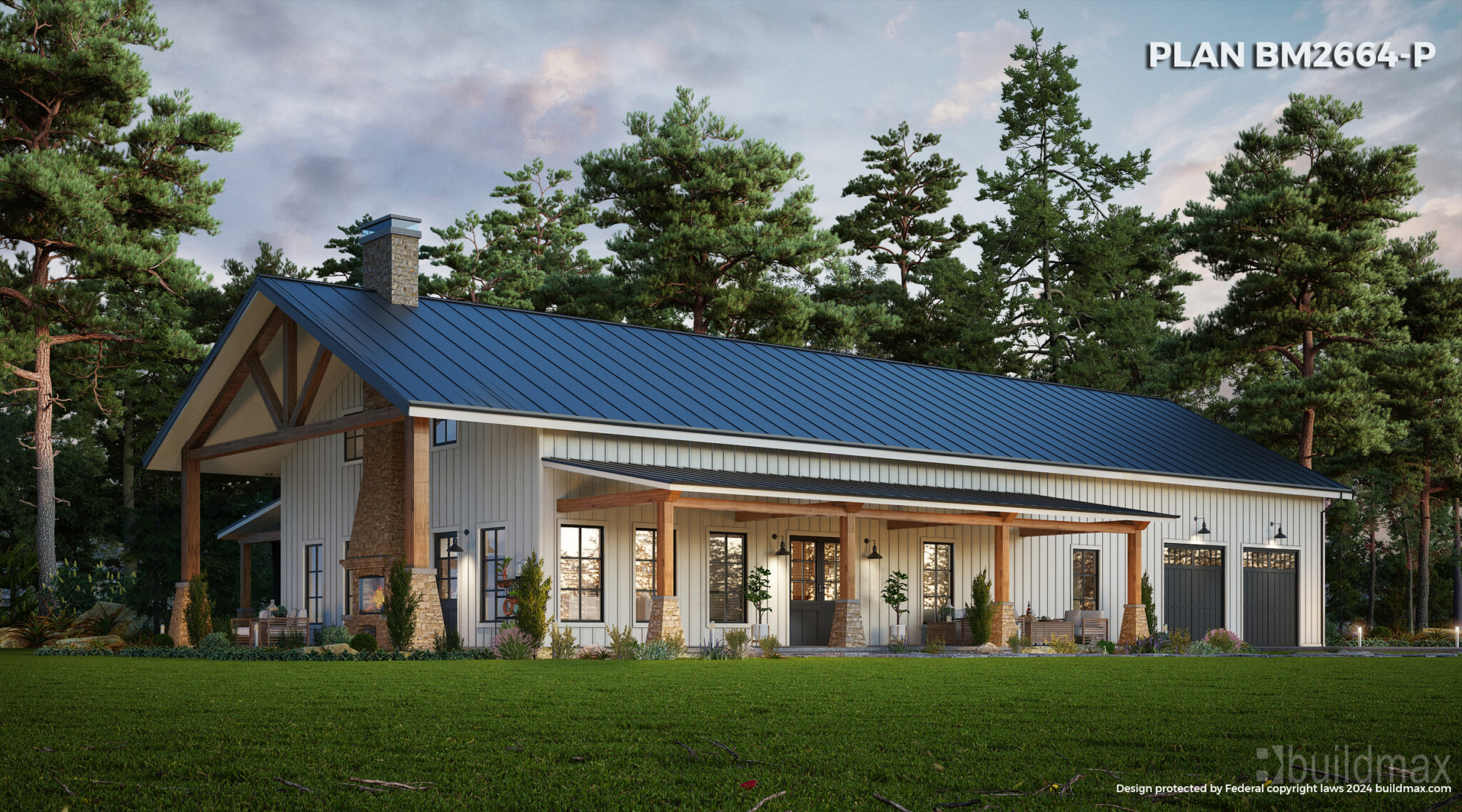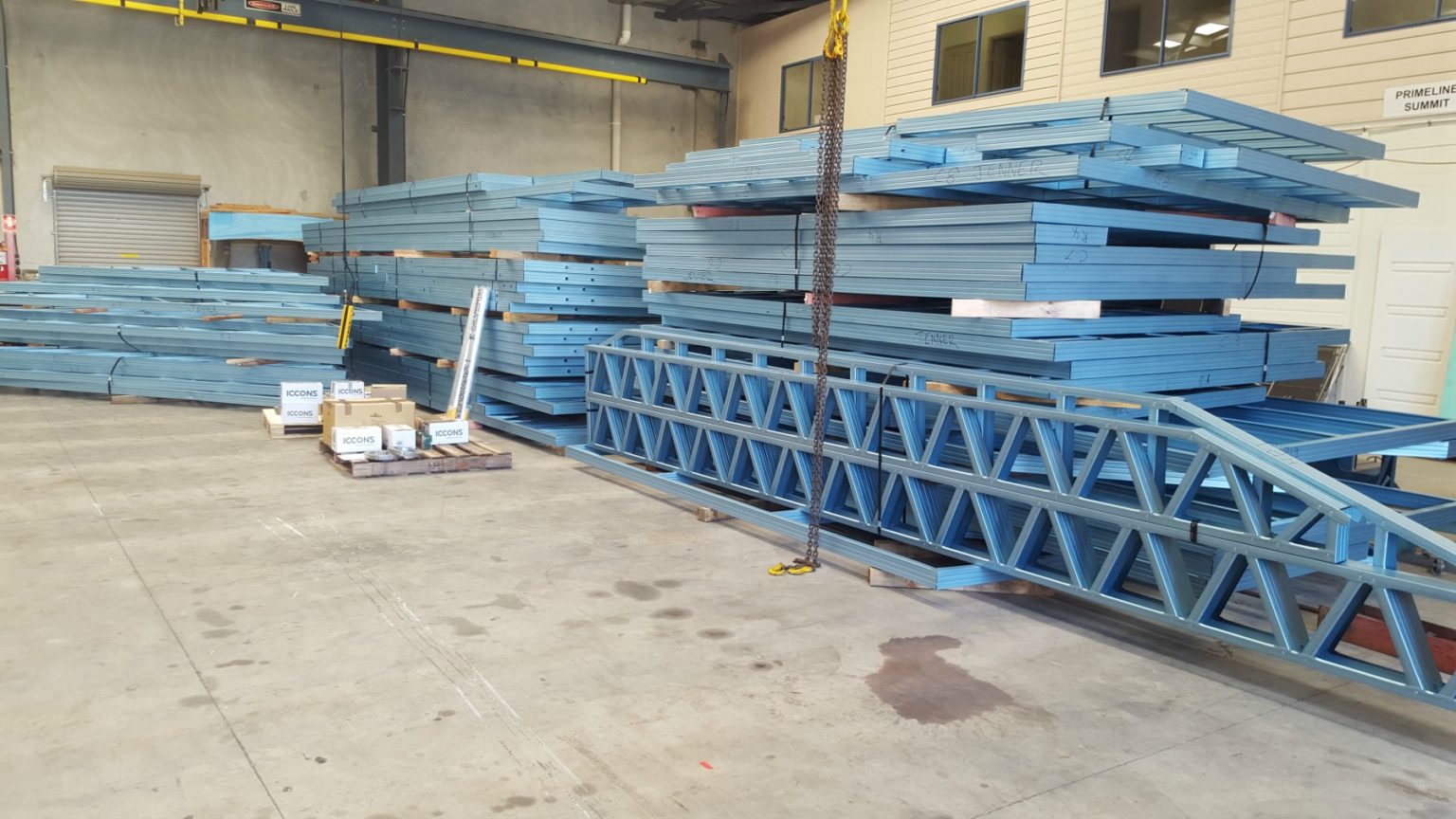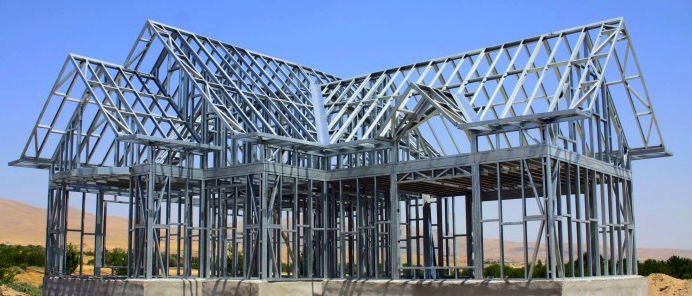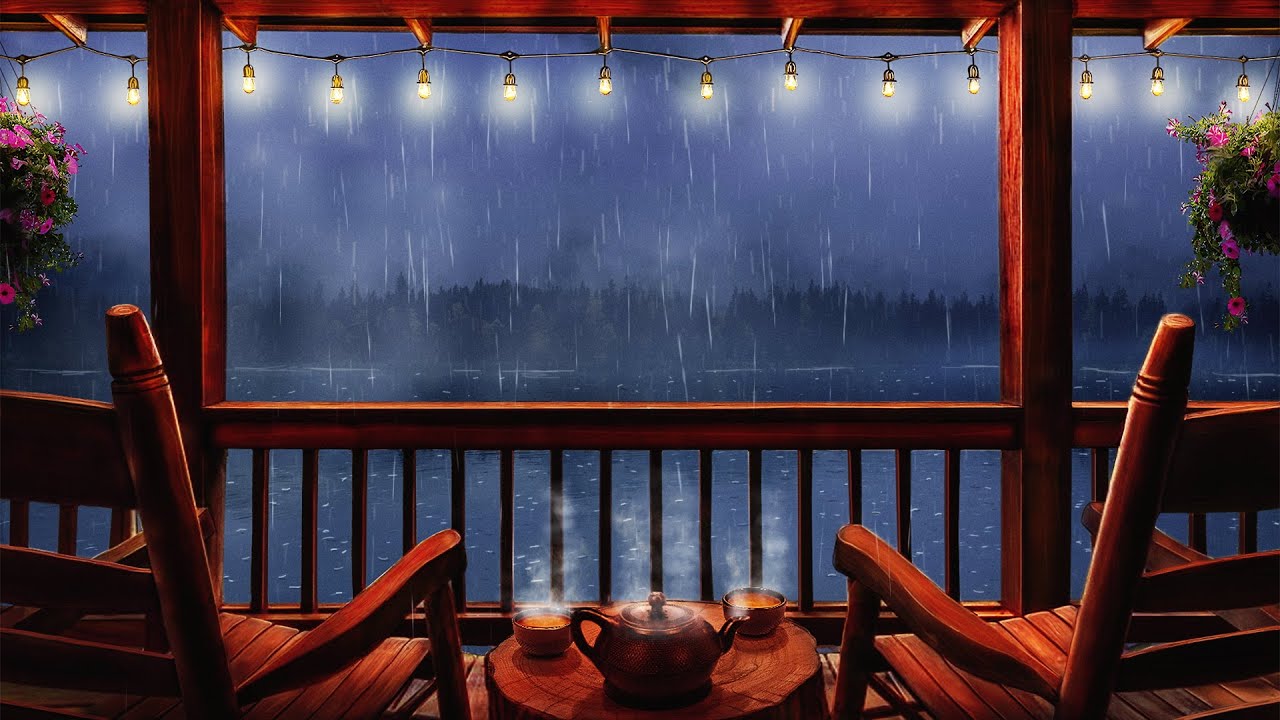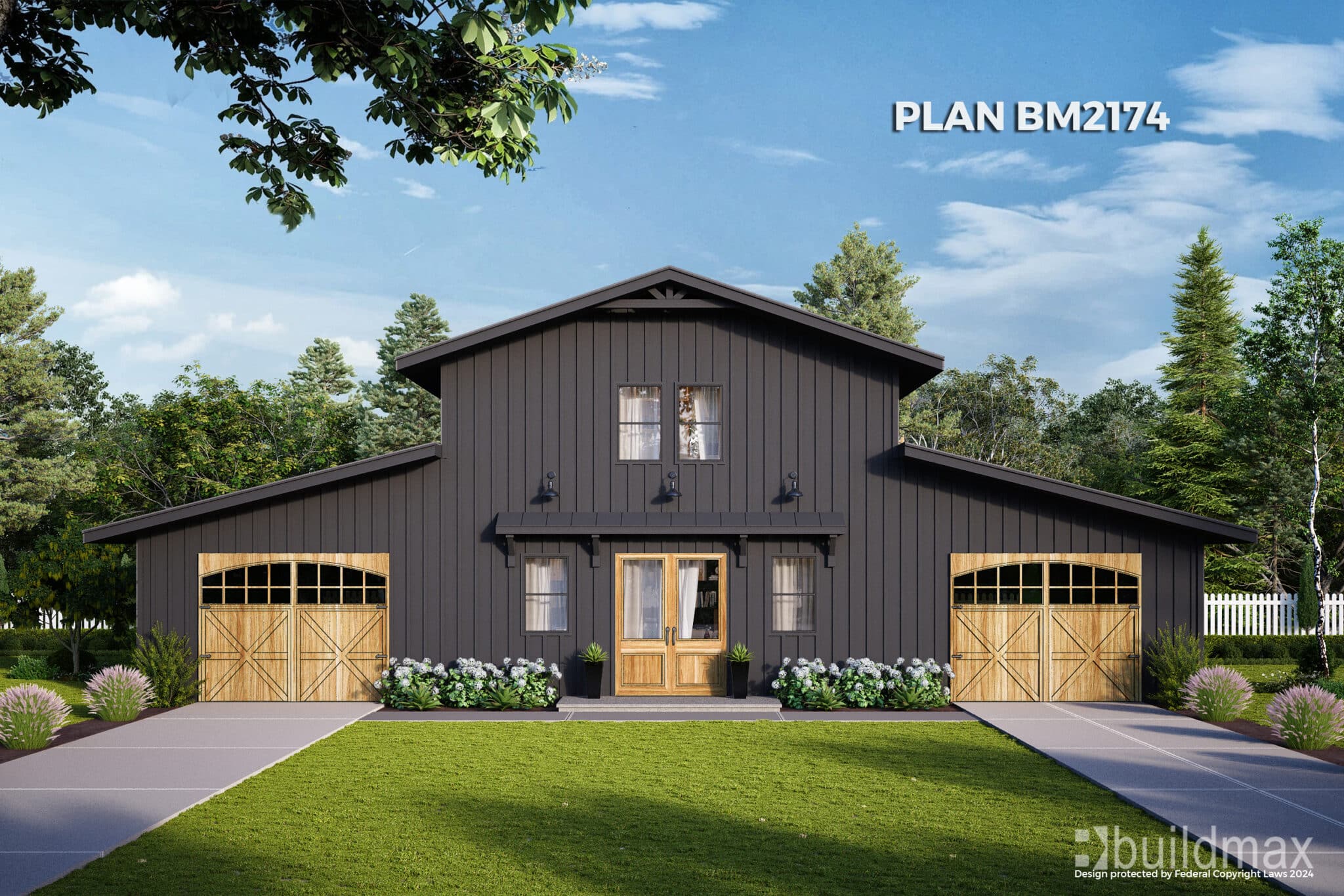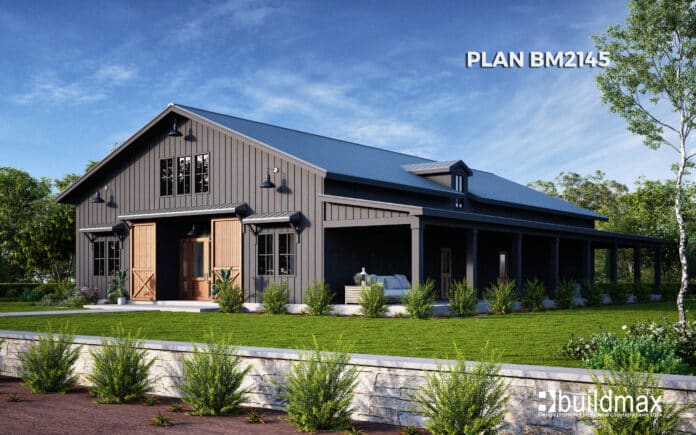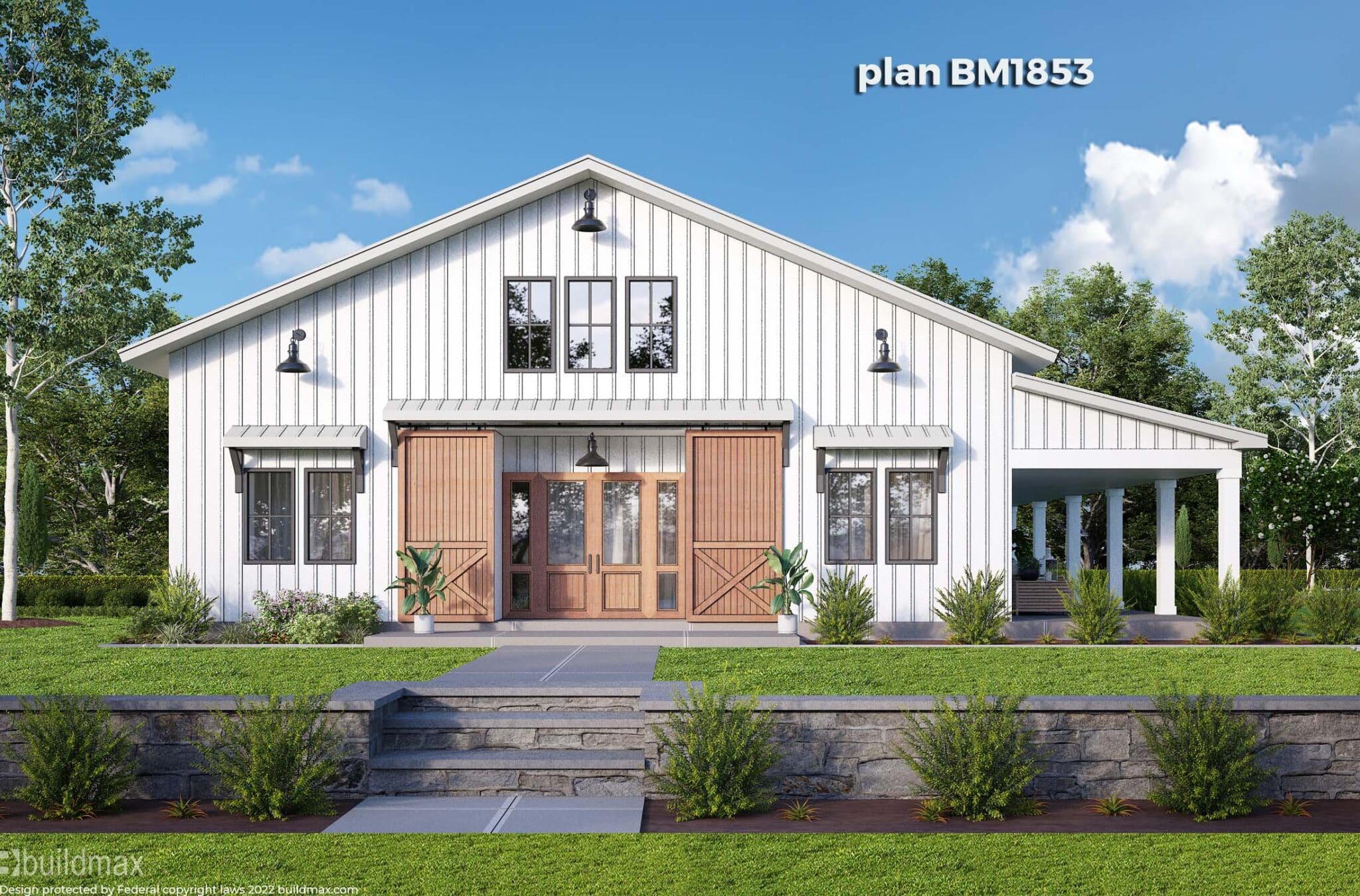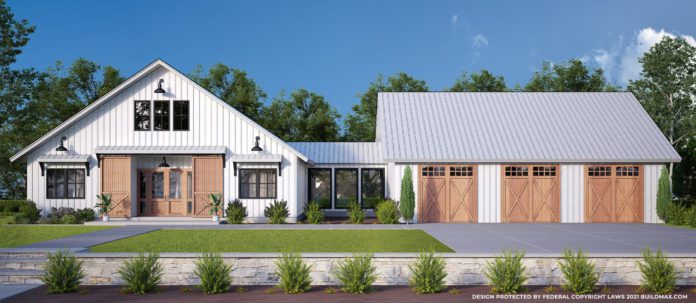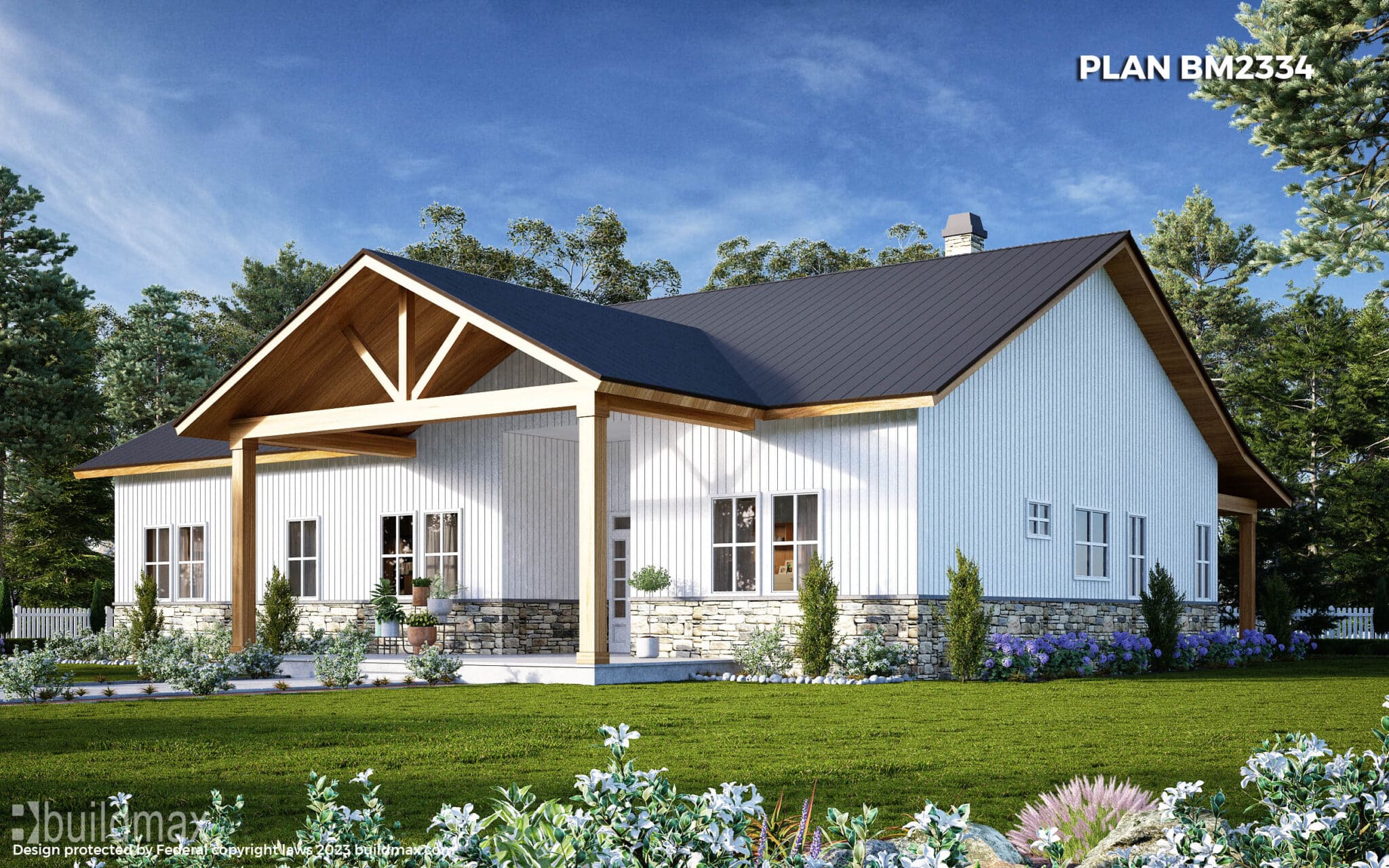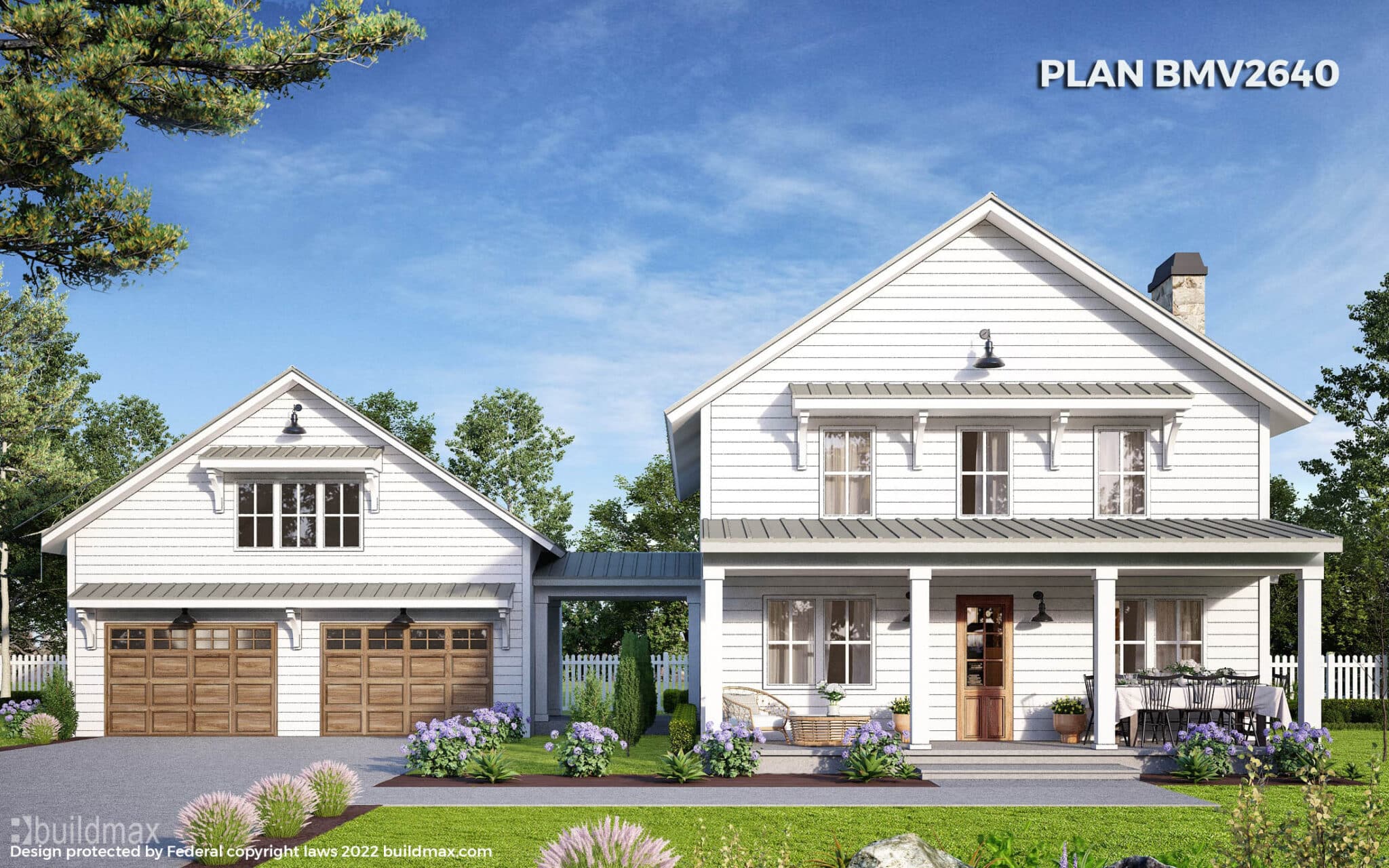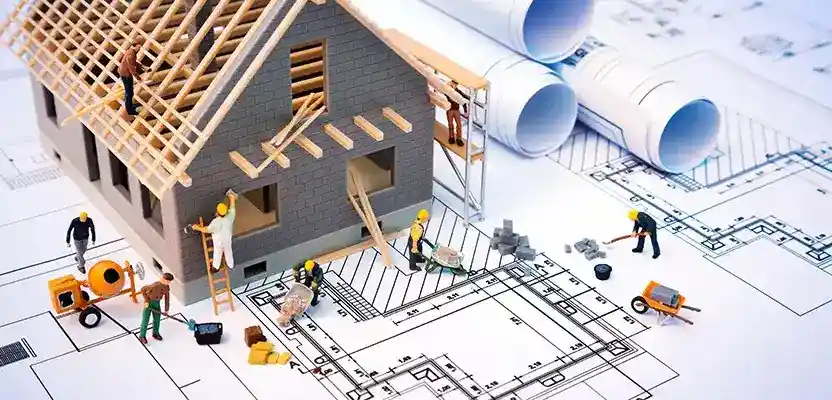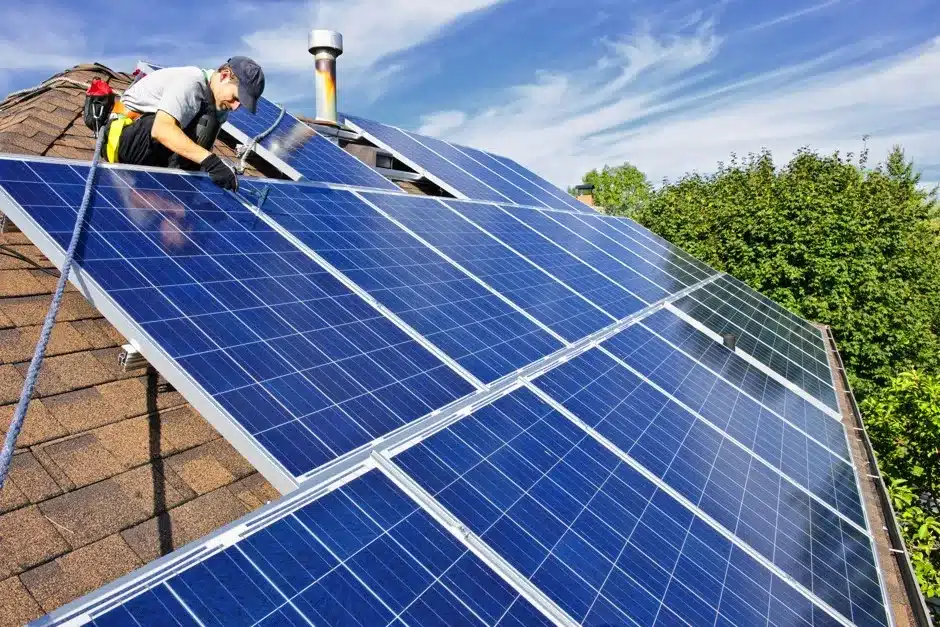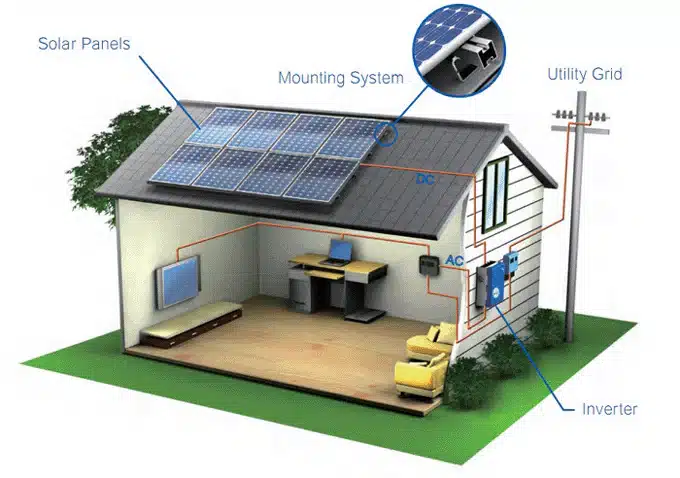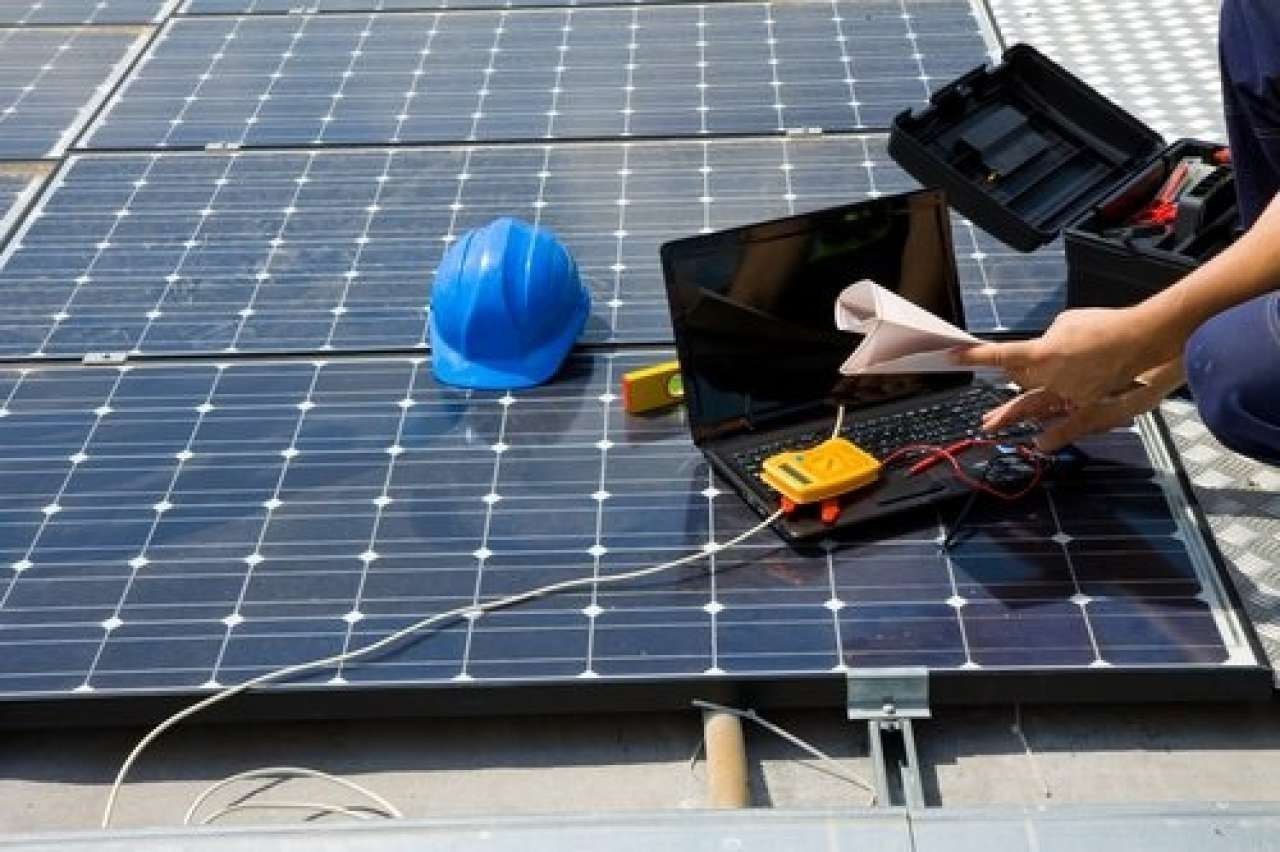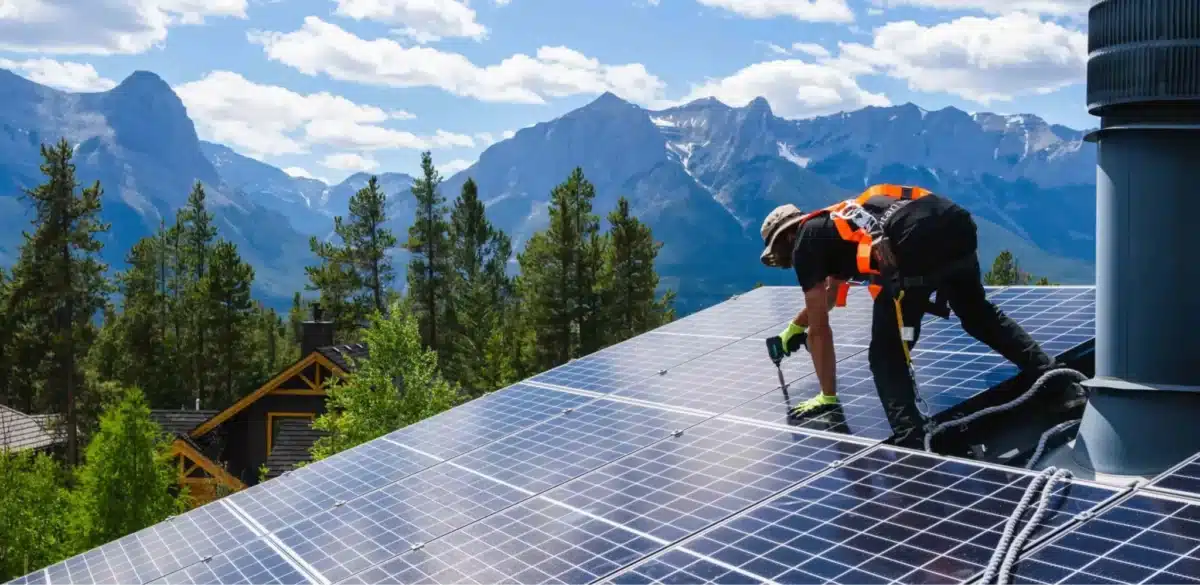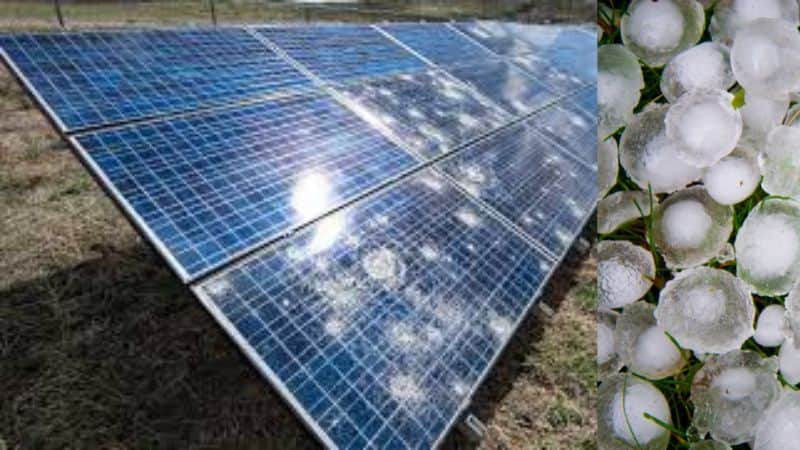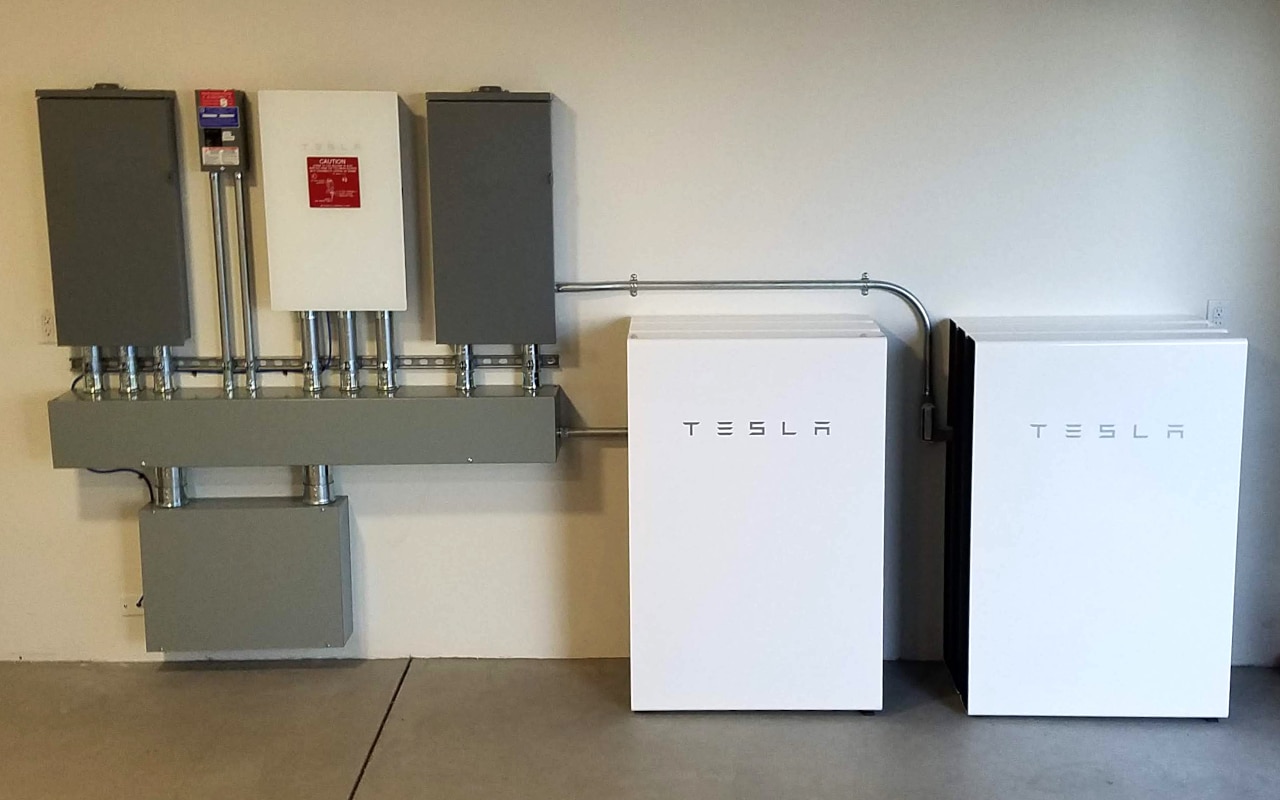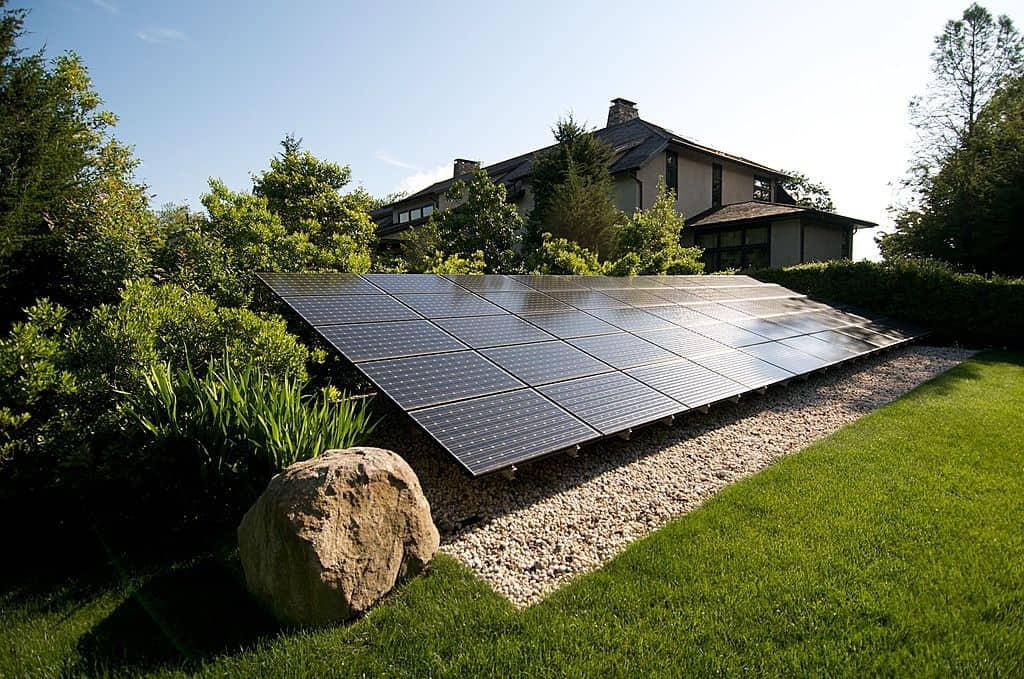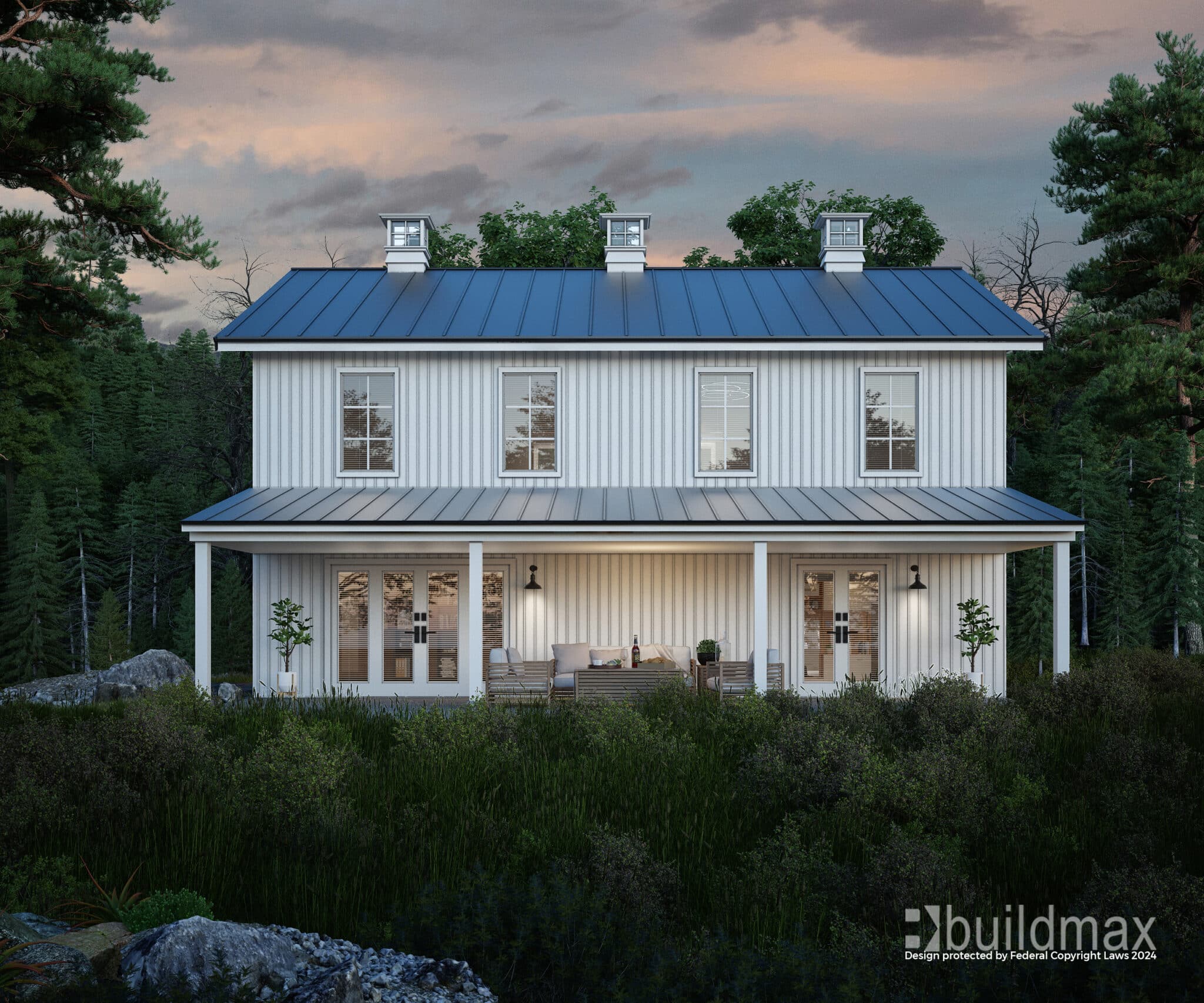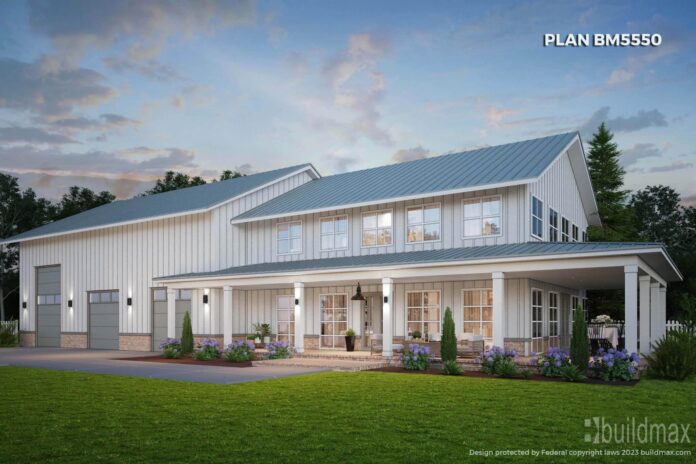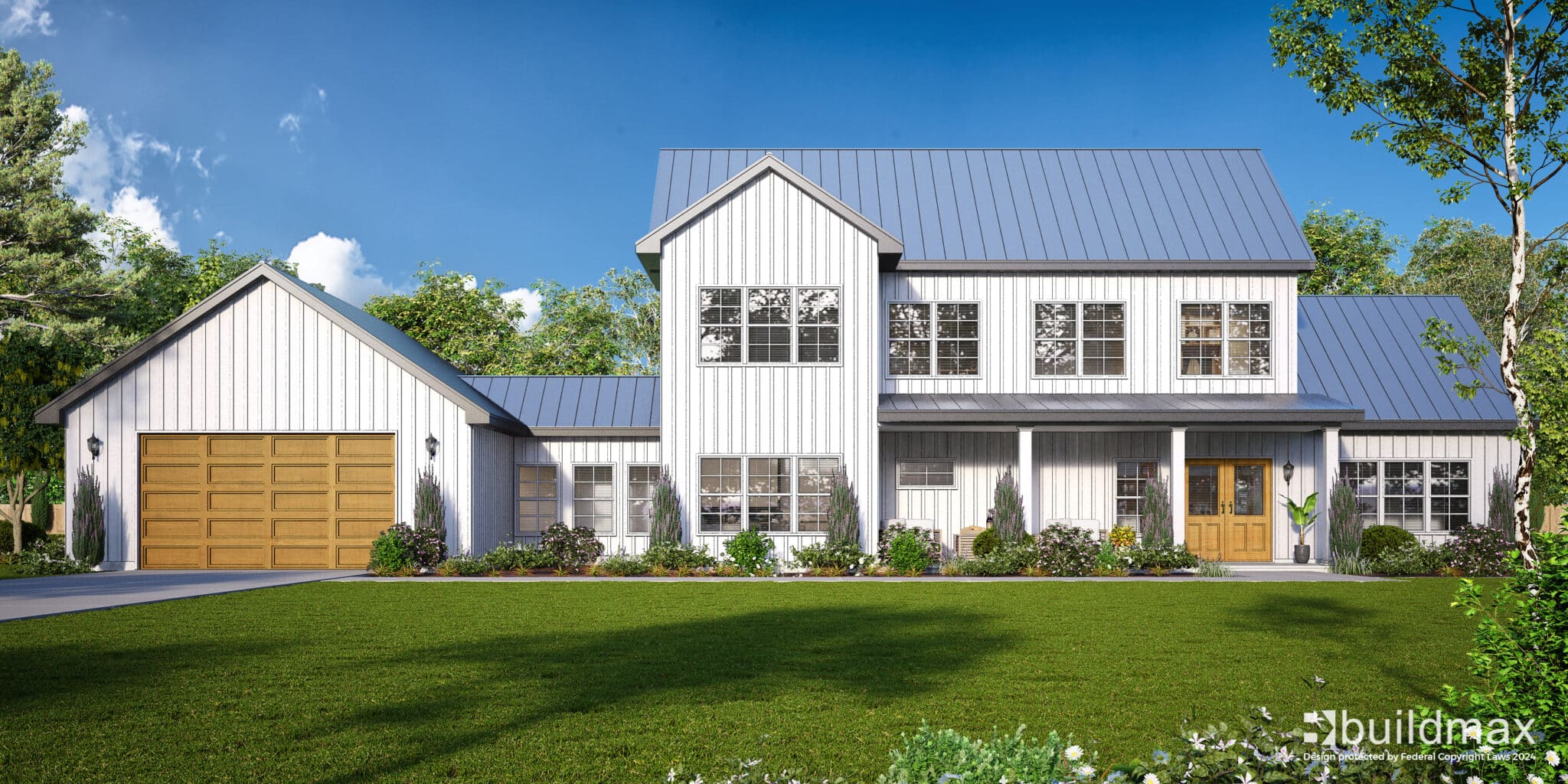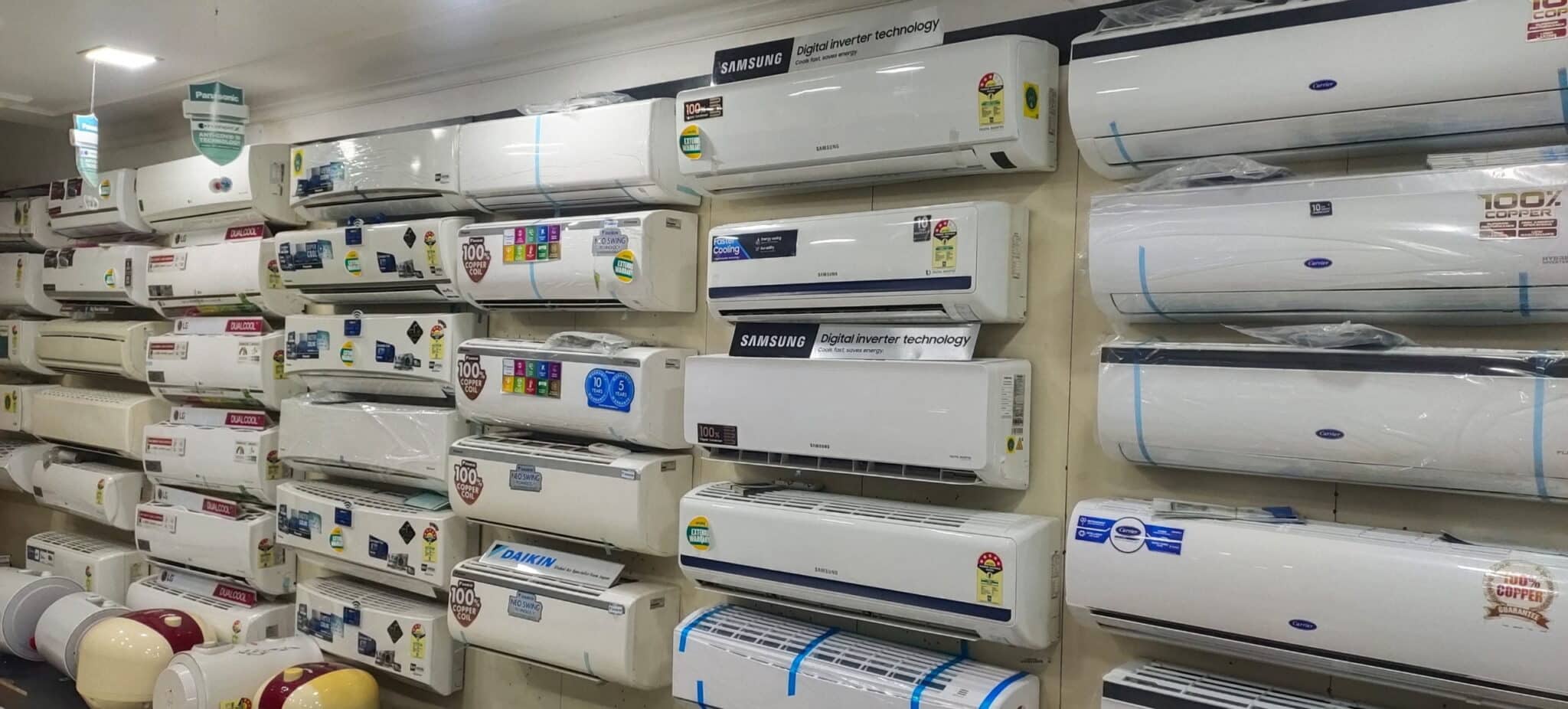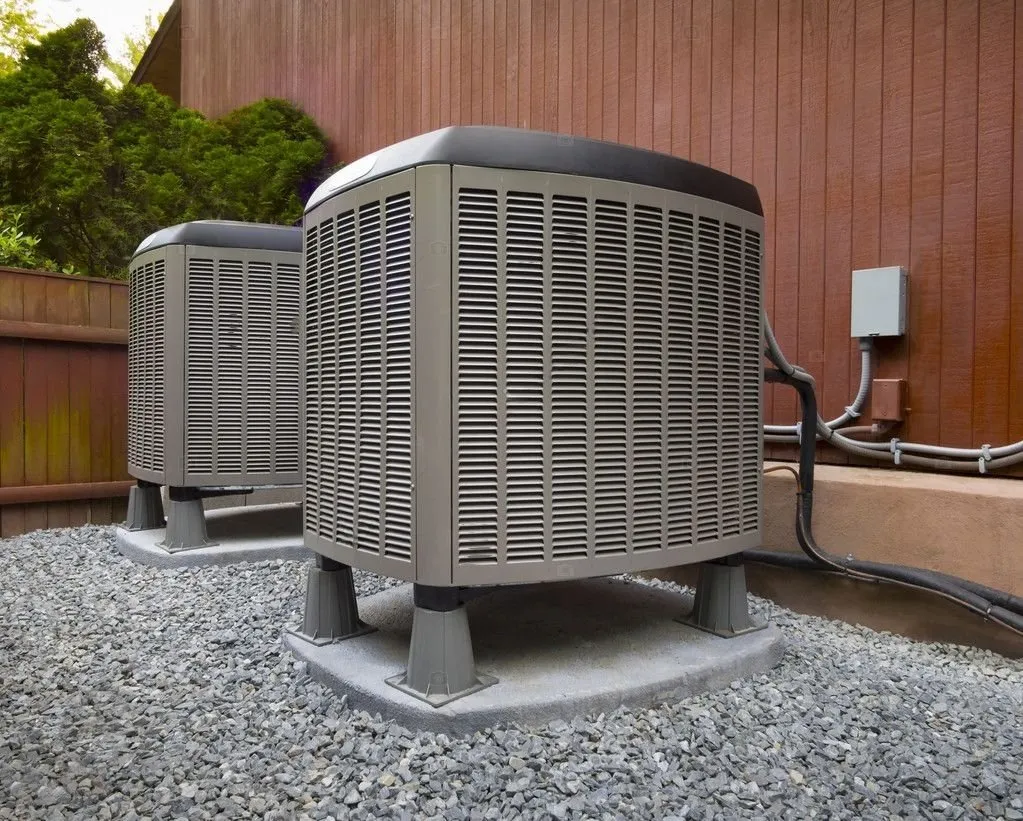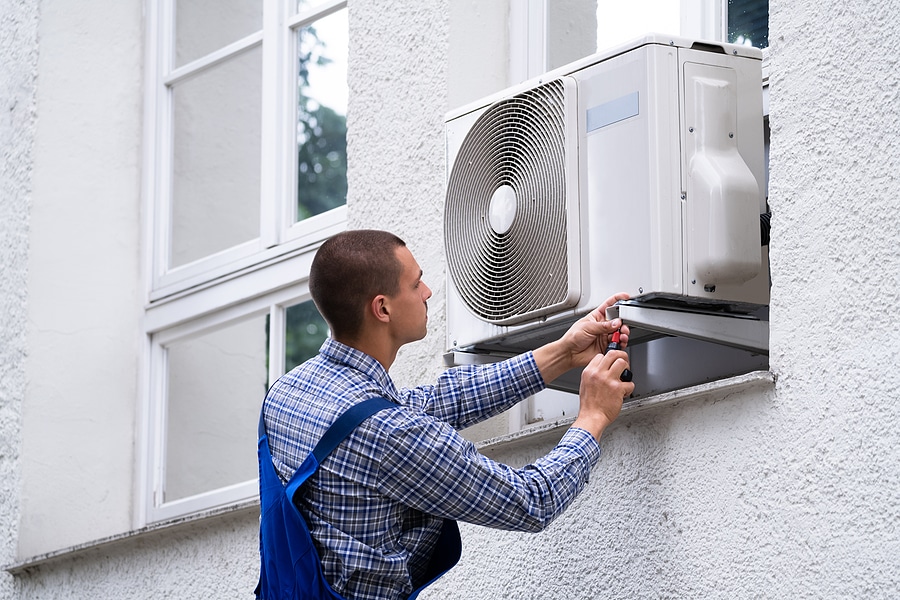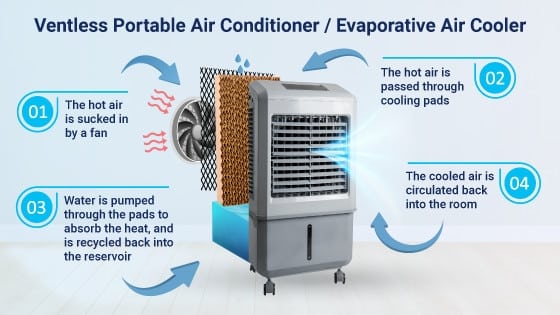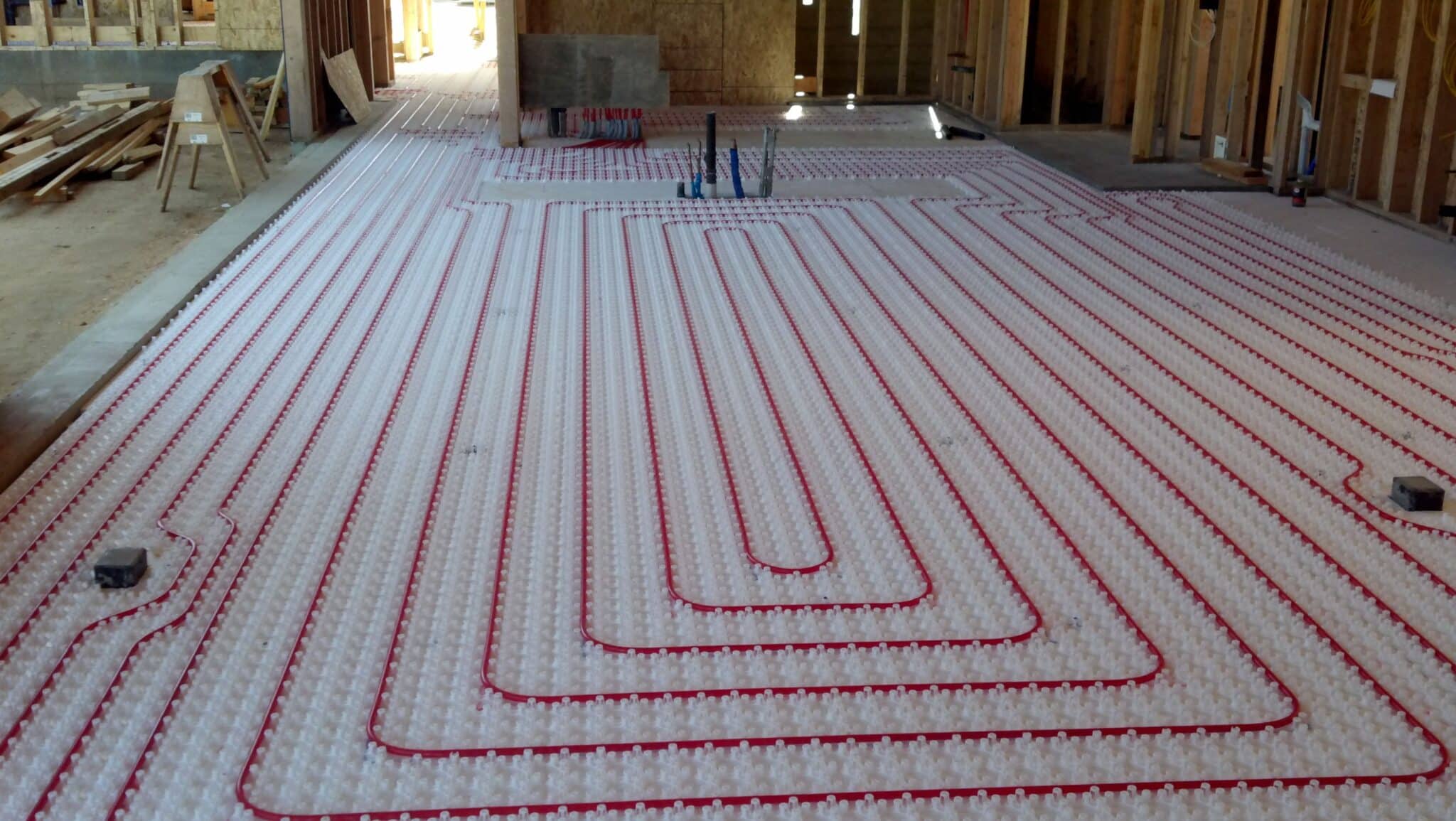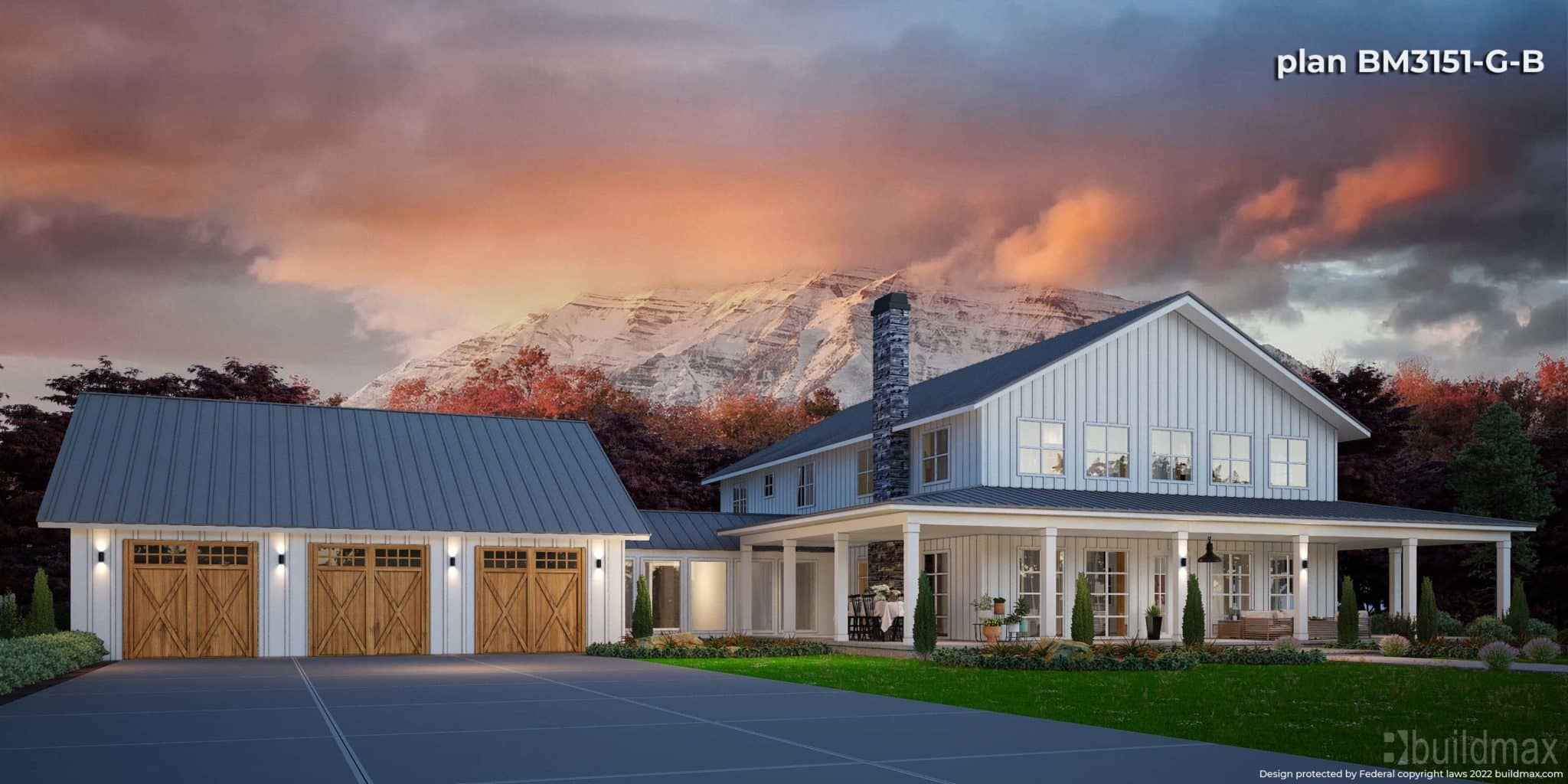Step into the future of housing as we bid adieu to the reign of tiny homes and welcome a new contender: the remarkable barndominium. These architectural marvels are taking the housing market by storm with their unparalleled speed of design and construction. So, what exactly is a barndominium, and why might it just be your family’s next dream home? Let’s delve deeper into the barndominium craze and unravel the reasons behind its rising popularity.
At first glance, the term “barndominium” may leave you scratching your head, but don’t let the name fool you. Essentially, a barndominium is what it sounds like – a barn transformed into a fully functional living space, often rivaling the size of a condominium. These striking custom homes are cropping up across the United States, coinciding with the tiny home movement that has been captivating homeowners nationwide.
The genesis of the barndominium movement can be traced back to a small group of individuals seeking a bit more breathing room than what tiny homes could offer. As this novel concept began to gain traction, it piqued the curiosity of many, myself included. The allure of barndominiums started to become apparent, offering a compelling alternative to not only tiny homes but also smaller stick-built houses.
So, what makes barndominiums such a compelling choice in today’s housing market? Let’s explore some key factors:
-
Economic Appeal: One of the primary draws of barndominiums is their economic feasibility. Converting an existing barn into a living space can be more cost-effective than constructing a traditional home from scratch. The robust structure of a barn often means fewer structural modifications are needed, saving both time and money.
-
Spacious Open Floor Plans: Barndominiums are celebrated for their open floor plan designs, providing an abundance of space and flexibility. This feature allows homeowners to customize their living space to suit their unique needs and preferences, making it an attractive option for families and individuals alike.
-
Rapid Construction: Barndominiums are built at an astonishing pace compared to conventional homes. The existing framework of the barn speeds up the construction process significantly. This can be especially appealing for those looking to move into their new home quickly.
-
Versatile Aesthetics: The rustic charm of a barn combined with modern interior design options creates a unique blend of aesthetics that many find appealing. Barndominiums offer the opportunity to blend the old with the new, resulting in homes that are both functional and visually captivating.
-
Energy Efficiency: With advancements in insulation and sustainable building practices, barndominiums can be designed to be highly energy-efficient, helping homeowners save on energy bills and reduce their environmental footprint.
The barndominium craze is not just a passing trend; it’s a housing revolution that’s redefining the way we think about homes. As the demand for more spacious and cost-effective living spaces continues to grow, barndominiums have emerged as a compelling option that marries history with innovation. Whether you’re drawn to the economic advantages, the expansive open floor plans, or the unique aesthetics, there’s no denying that the barndominium movement is here to stay, offering a refreshing alternative to traditional housing options. So, as we bid farewell to tiny homes, let’s usher in a new era of living with the versatile and stylish barndominium
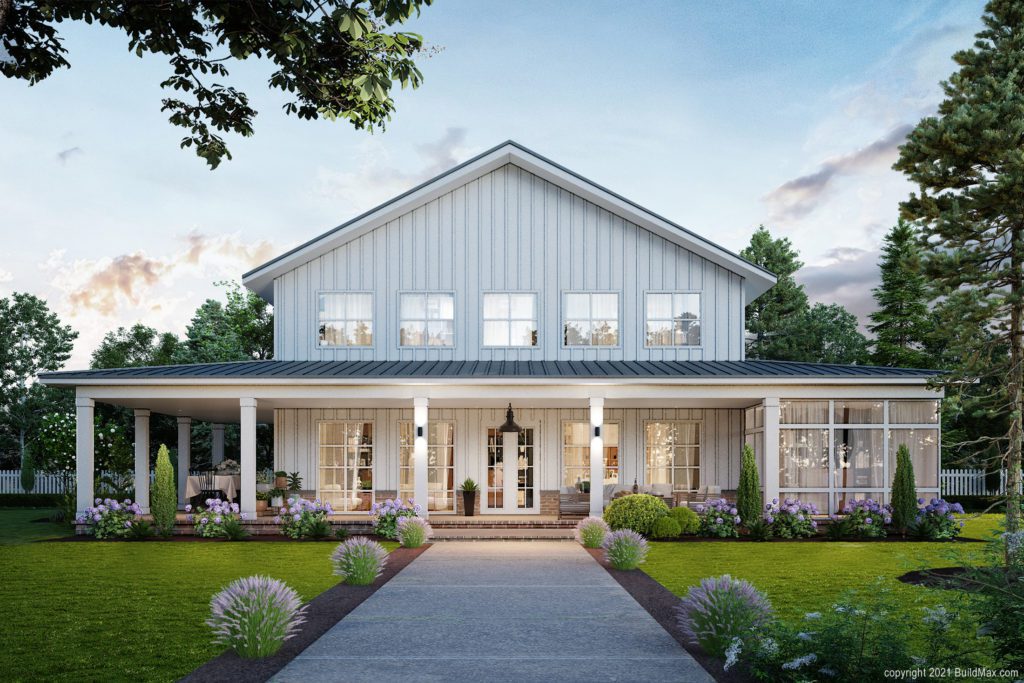
The true allure of barndominiums, and the factor that initially captivated my interest, lies in their remarkable flexibility. The open floor plan serves as a canvas for your imagination, allowing for an unprecedented level of customization. To fully appreciate this, let’s take a moment to consider the constraints of a tiny home, where every square inch must be meticulously planned and utilized. In contrast, within the walls of a barndominium, the need for such meticulous planning virtually disappears. You can maintain an incredibly efficient living space without the need to sacrifice valuable room.
Moreover, what truly sets barndominiums apart is the remarkable variety of construction methods at your disposal. When it comes to the frame, you have three distinctive options:
1. **Steel Construction:** The robustness of steel, whether through an entire steel building or strategically placed steel beams and reinforcements, can be an excellent choice. It offers durability and structural integrity, ensuring your barndominium stands the test of time.
2. **Pole Barn Style:** Opting for the pole barn style, with 6″x6″ posts securely anchored to the foundation, presents a potentially more cost-effective route. This approach can be particularly advantageous if budget considerations are a priority.
3. **Traditional Stick Framing:** For those who prefer a more conventional approach, the option of constructing a barndominium with traditional stick framing and roof trusses is also available. This provides a familiar construction method with proven results.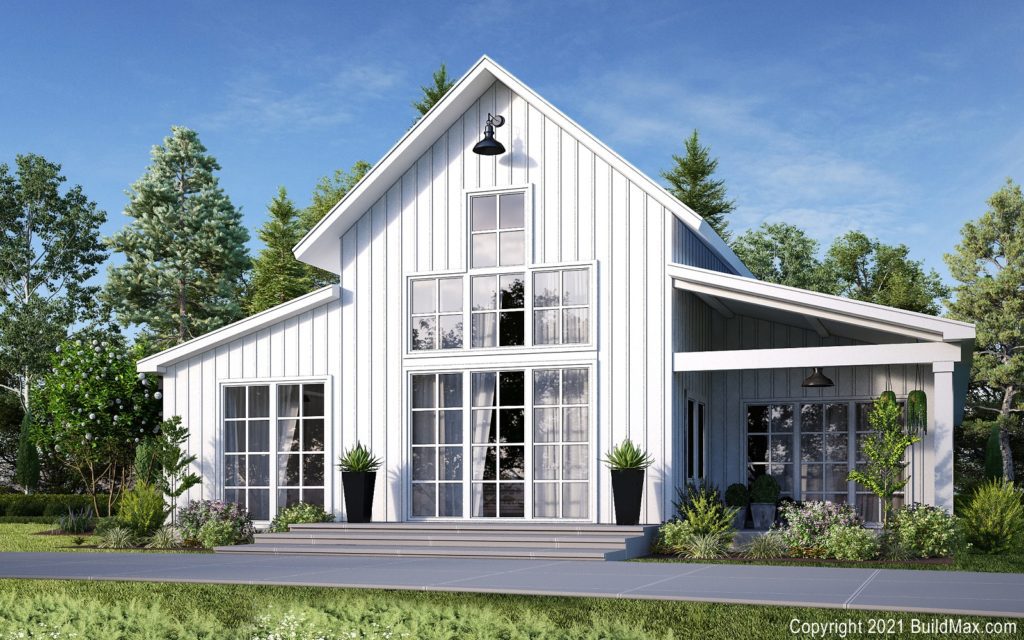 This trifecta of building methods offers you a spectrum of starting points, each with its own unique price point, depending on what resources are accessible in your region. What’s more, every facet of your barndominium can be optimized for high efficiency, mirroring the qualities of a traditionally built house. Consider upgrading the insulation to Spray Foam for exceptional thermal performance, installing Low-e glass windows to enhance energy efficiency, and incorporating a tankless water heater to reduce electricity consumption. All of these enhancements can be implemented thoughtfully with cost-efficiency in mind, ensuring that you don’t have to compromise on the quality of your living space.
This trifecta of building methods offers you a spectrum of starting points, each with its own unique price point, depending on what resources are accessible in your region. What’s more, every facet of your barndominium can be optimized for high efficiency, mirroring the qualities of a traditionally built house. Consider upgrading the insulation to Spray Foam for exceptional thermal performance, installing Low-e glass windows to enhance energy efficiency, and incorporating a tankless water heater to reduce electricity consumption. All of these enhancements can be implemented thoughtfully with cost-efficiency in mind, ensuring that you don’t have to compromise on the quality of your living space.
In summary, the magic of barndominiums lies in their adaptability and versatility. They grant you the freedom to craft a living space that aligns perfectly with your vision, without the constraints of tiny home living. With a choice of three distinct construction methods, the flexibility extends even further, allowing you to select the approach that suits your needs and budget. And when it comes to efficiency, rest assured that a barndominium can rival a traditional home, providing you with the best of both worlds – a customizable, spacious haven that doesn’t compromise on quality or eco-friendliness.
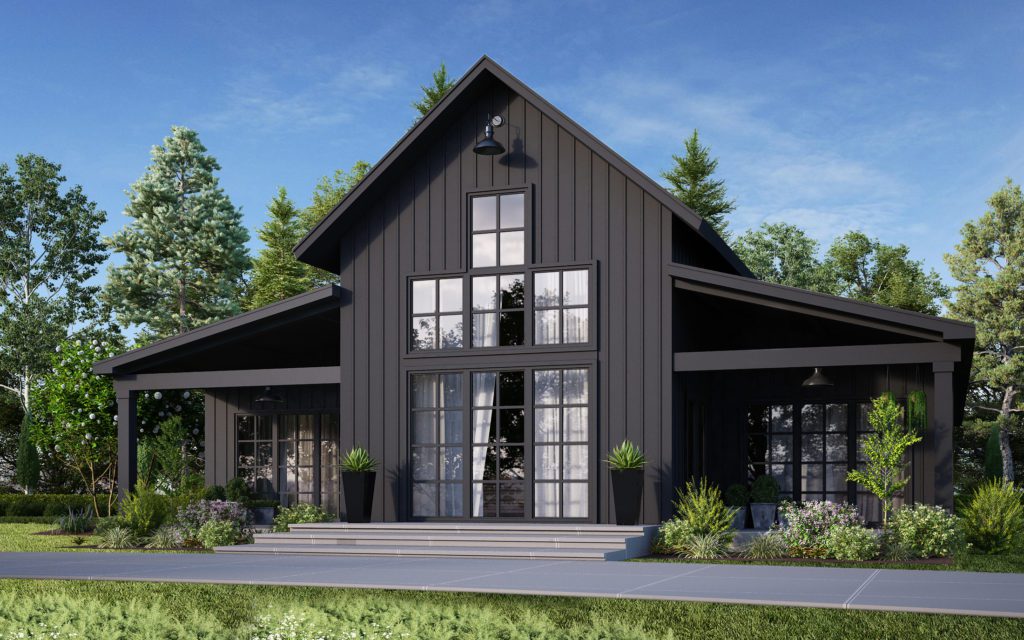
Most people building a metal building barndominium home, When embarking on the journey of constructing a metal building barndominium home, most individuals are lured by the compelling combination of affordability and substantial cost savings that come with savvy building choices. Building your dream custom home suddenly becomes an attainable reality without breaking the bank. In today’s market, there are enticing options like pole barn kits and steel building kits, which bundle all the essential materials, including the foundation, into one convenient package. These packages are not only delivered to your doorstep but also erected for a single, all-inclusive price. This approach translates into remarkable initial cost savings, allowing you to allocate your resources wisely.
Furthermore, many of the companies offering these comprehensive package deals and barndo kits also extend financing options in the form of flexible payment plans, often requiring only a modest down payment. This financial flexibility empowers you to channel additional funds into areas of your home that might otherwise have been overlooked. Picture an inviting screened-in porch or a sprawling wraparound veranda that beckons relaxation. Perhaps you envision a cozy rock fire pit area or, if you’re feeling extravagant, a heated in-ground pool that transforms your outdoor space into a year-round family oasis.
Another captivating facet of the Barndo concept is its sheer simplicity. It’s a refreshingly straightforward design and idea, where steel buildings and pole barns can be erected in as little as a week, a striking contrast to the time-consuming process of stick-built framing. The expediency of construction allows the walls to rise swiftly, bringing your vision to life with minimal delay.
In tandem with the barndominium trend, shop houses have surged in popularity this year. These versatile structures come in varying sizes, from the practical 40’x80′ to the expansive 50’x100′, featuring up to 5 bedrooms and 3 ½ baths. The customization options are virtually limitless, from garage doors that open into distinct living spaces to ingenious vehicle lifts that elevate your cars, creating additional space beneath. This underlines the adaptability of these homes to cater to your specific needs.

The true beauty of barndominium plans and shop homes lies in their boundless potential. If you can imagine it, chances are it can be realized. The exterior shell can range from the rustic charm of a modern barn to the extravagant design of your wildest dreams. Yet, it’s when you step inside that you’re truly captivated by the luxury these homes can offer. They provide ample room for a growing family and the potential to expand in the future.
In essence, the sky is the limit when it comes to the possibilities of barndominiums and shop homes. These versatile structures not only make your dream home an affordable reality but also offer a canvas upon which you can paint your unique vision of comfort and luxury.
As the barndominium and shop house trend gained momentum nationwide, it acted as a magnet for innovative minds and creative thinkers. These visionaries were drawn to the concept, eager to craft homes that not only boasted stunning architecture but also exemplified meticulous design both inside and out. These intrepid individuals embarked on their own construction journeys, pouring their creativity into these remarkable structures.

Proud barndominium and shop house owners enthusiastically shared their achievements with the world, uploading captivating videos and captivating images that showcased the beauty and functionality of their creations. This marked a turning point, as people worldwide began to sit up and take notice. They marveled at the remarkable blend of flexibility, simplicity, and overall efficiency that these homes embodied.
This groundswell of interest in barndominiums and shop houses has led to a flourishing ecosystem of Barndo Plans and Designs. With each passing day, new ideas are conceived, and fresh floor plans are meticulously crafted to cater to a diverse range of tastes and needs. The rapidly evolving landscape of design means that when you decide to bring your own barndominium to life, you’ll have an array of innovative designs and floor plans at your fingertips, ready to transform your vision into a reality. For inspiration and ideas, platforms like Pinterest serve as an excellent starting point, offering a wealth of creative concepts to spark your imagination.
So, let’s embark on this exciting journey to create your very own barndo, where the possibilities are as boundless as your imagination. Here’s to the incredible blessings that await on this adventure, sweet friends!




